UX/UI Design Specialization: From Research to Accessibility

Create engaging digital experiences with UX design through research, methodology, and strategy for your portfolio
Immerse yourself in the world of UX/UI design with our comprehensive specialization, tailored for those eager to master the art of crafting memorable digital experiences. Begin your journey with the fundamentals of UX design, uncovering strategies and methodologies that ensure your creations resonate with users. Dive into the realm of UX research with Patricia Reiners, where you'll unravel the mysteries of research methods, enabling you to tackle real-world challenges.
Elevate your design skills with Pablo Stanley as you explore visual design principles using Figma to craft striking web compositions. Chiara Aliotta guides you through the power of storytelling, teaching you to weave engaging narratives into your designs to forge emotional connections with users. Round off your learning with Margot Gabel's insights into digital accessibility, empowering you to create inclusive experiences for all users. This specialization offers a holistic approach, blending theory, practice, and innovation to equip you with the skills needed to excel in the ever-evolving landscape of UX/UI design.
What will you learn in this specialization?

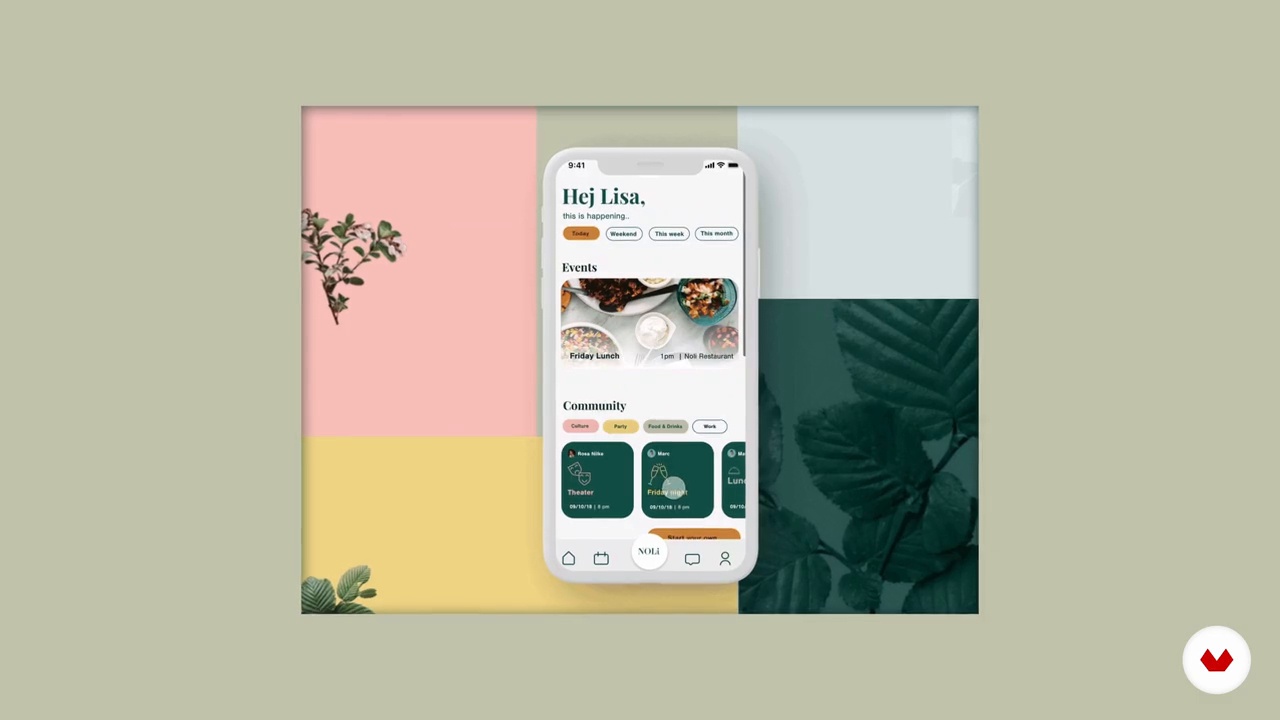
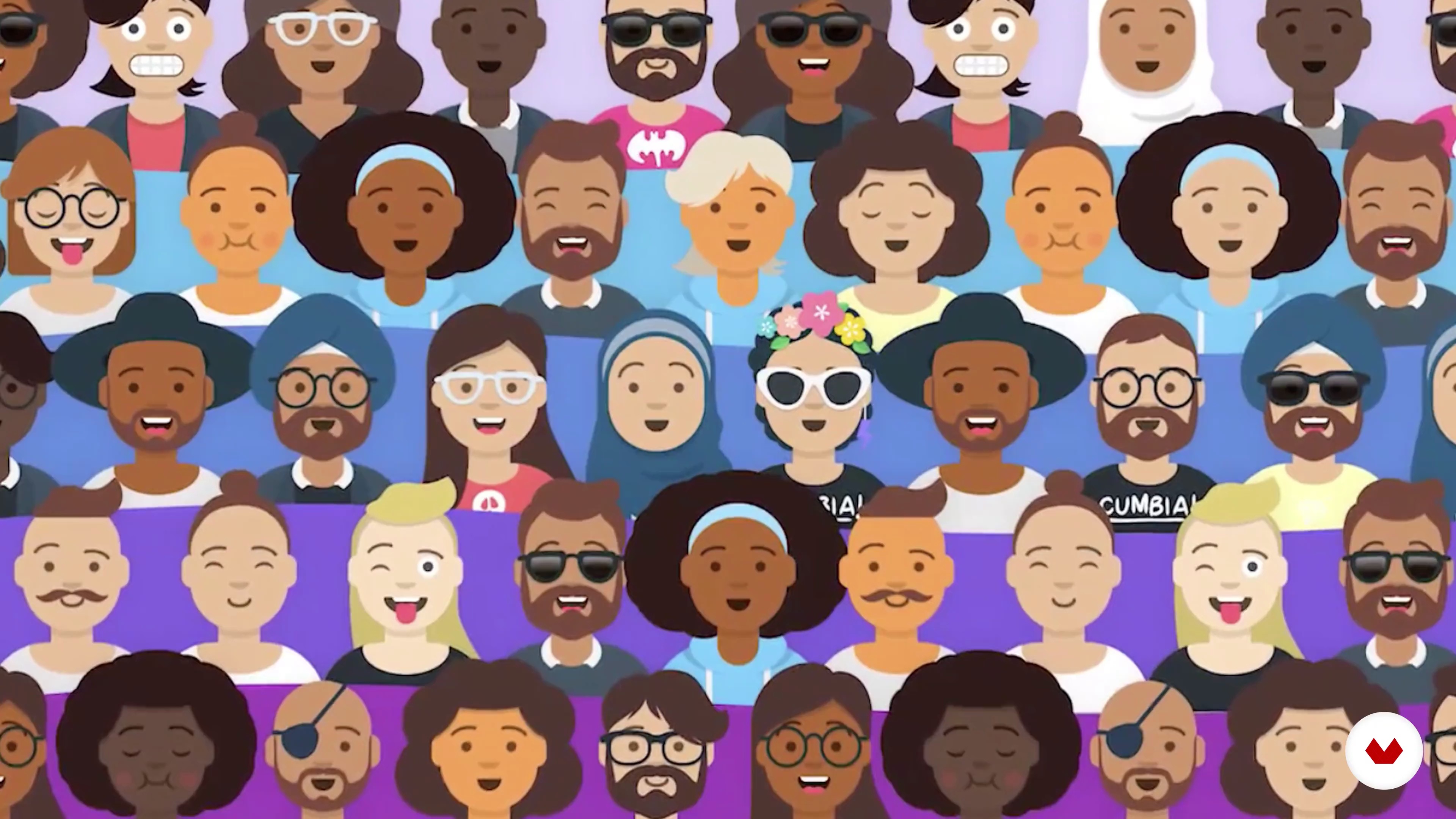


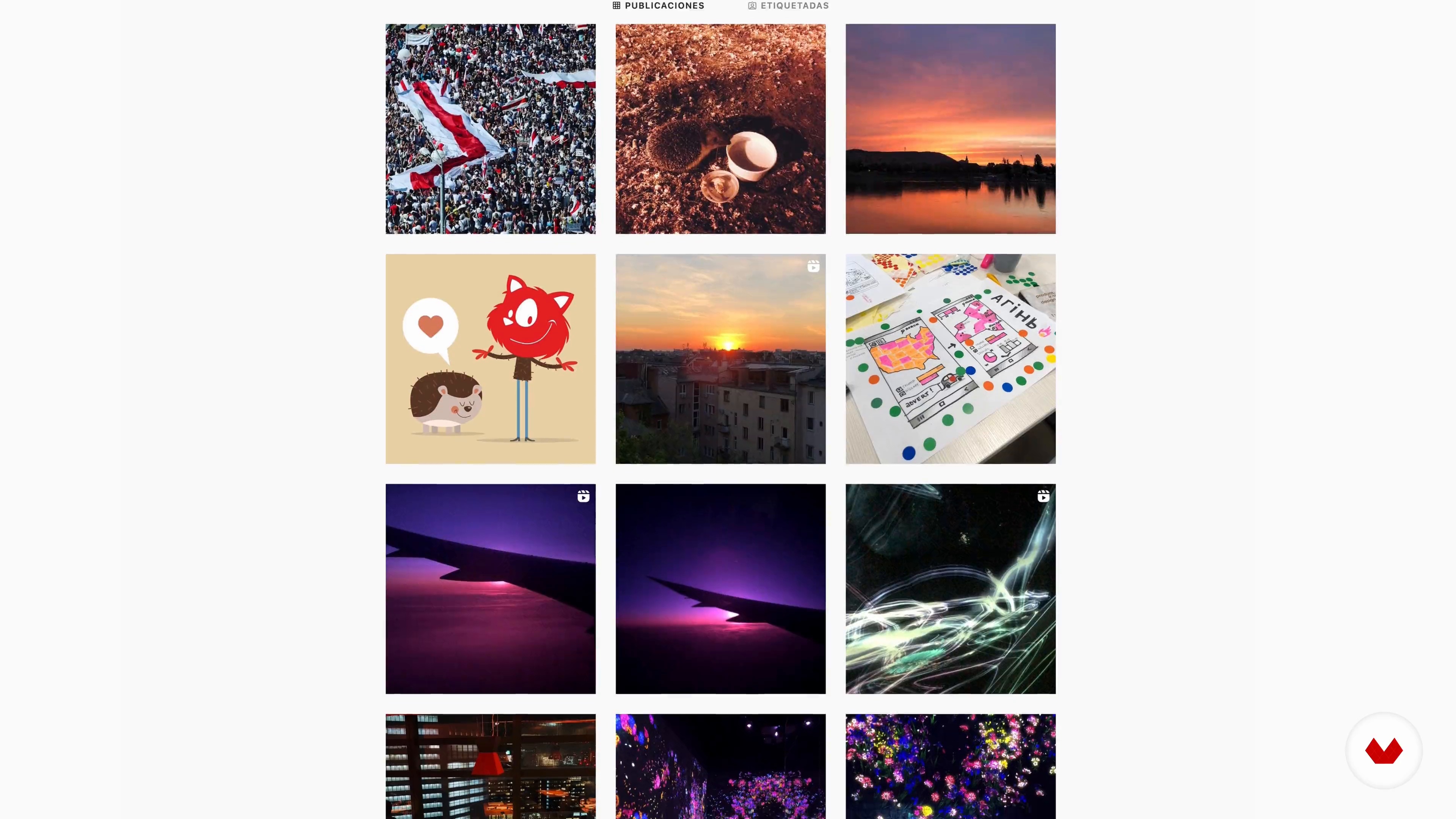
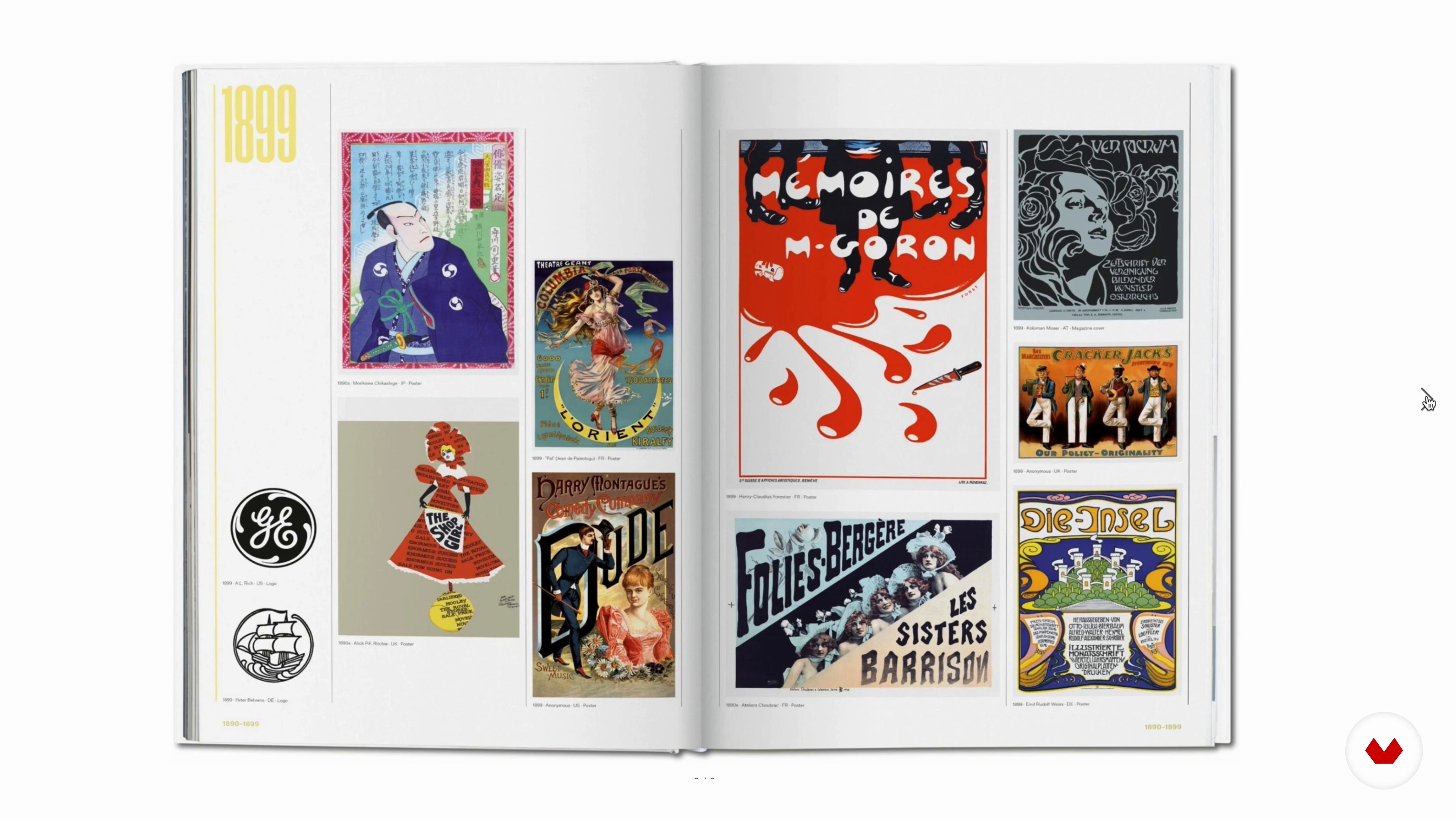


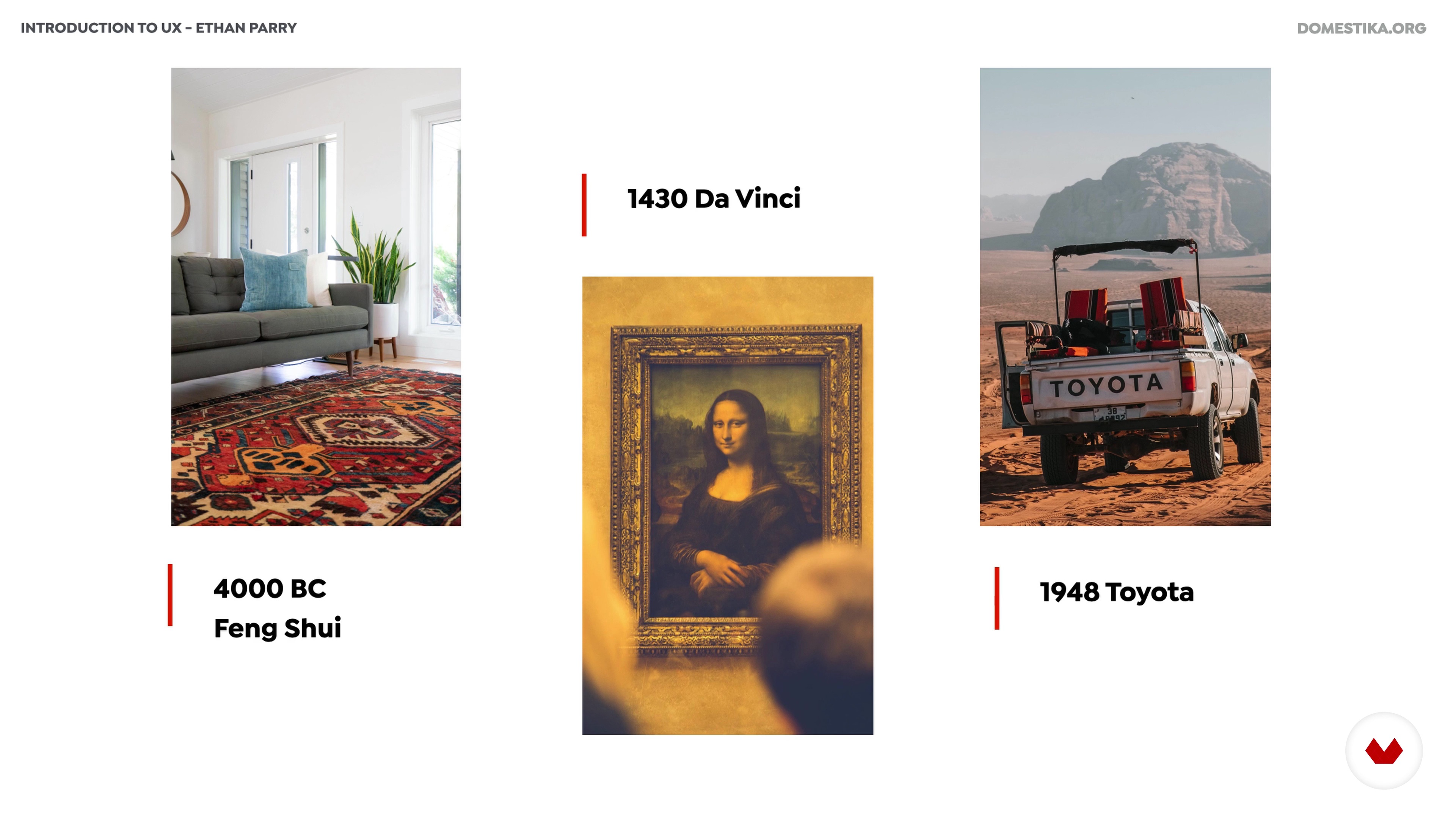
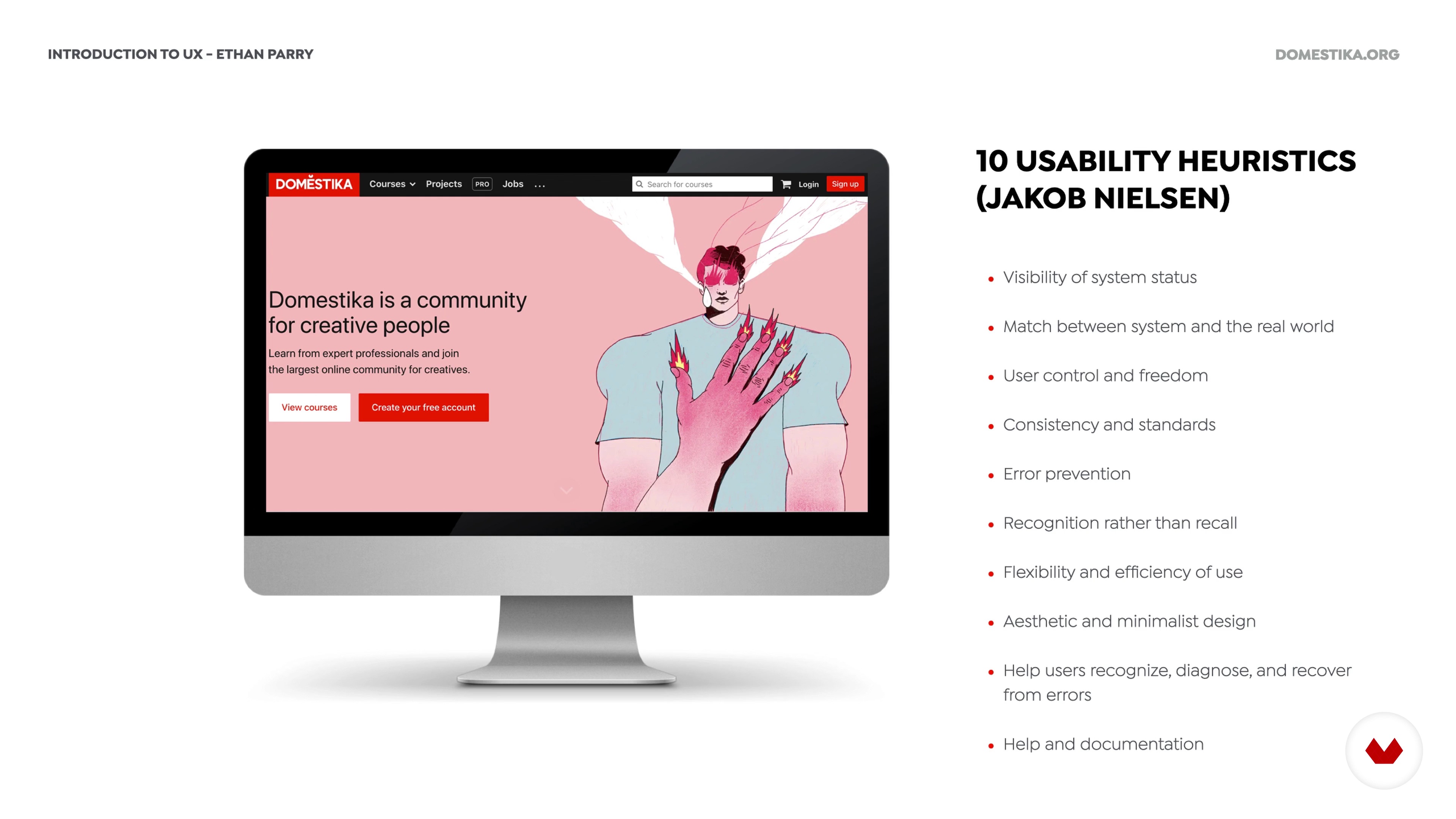



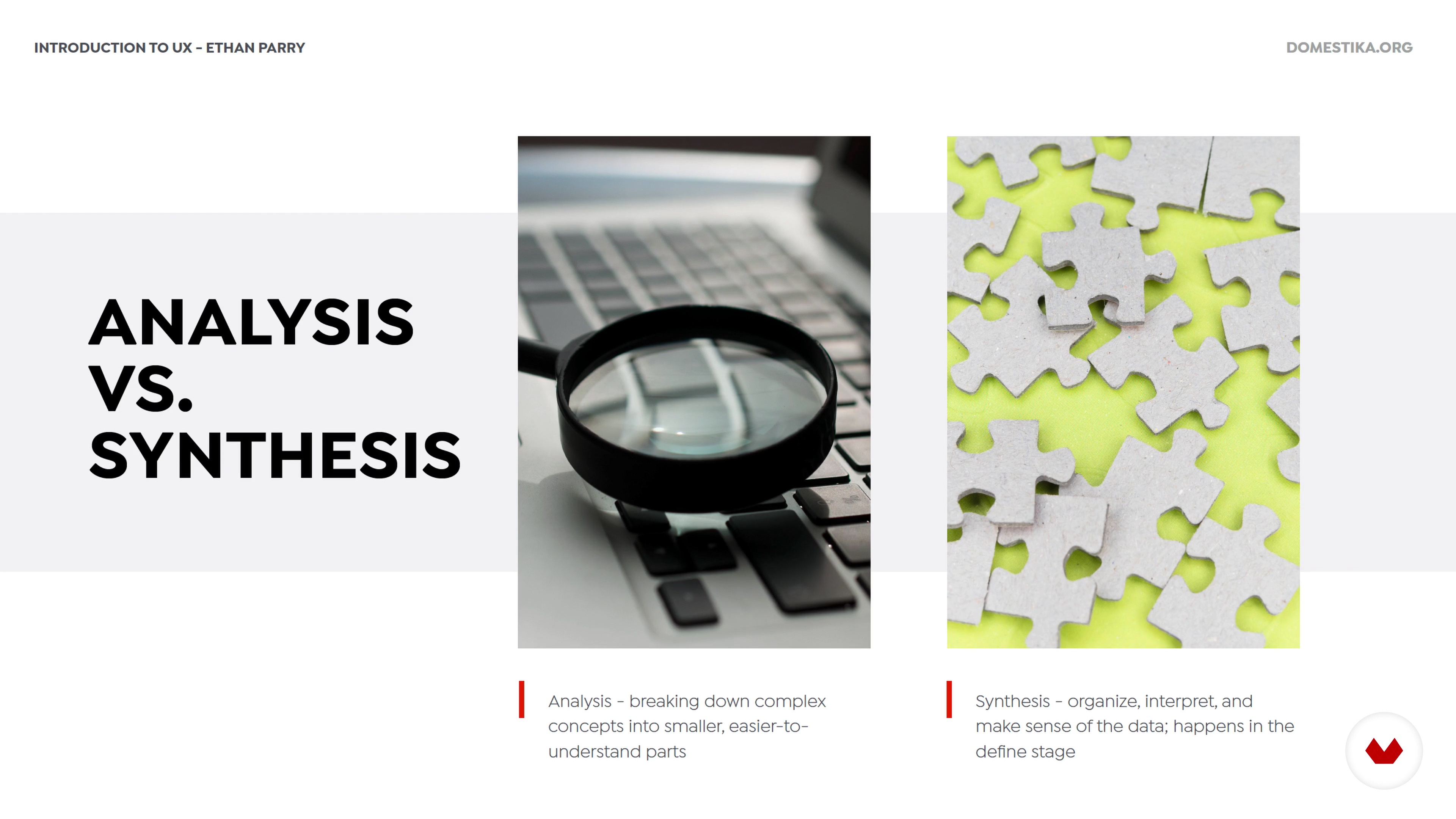
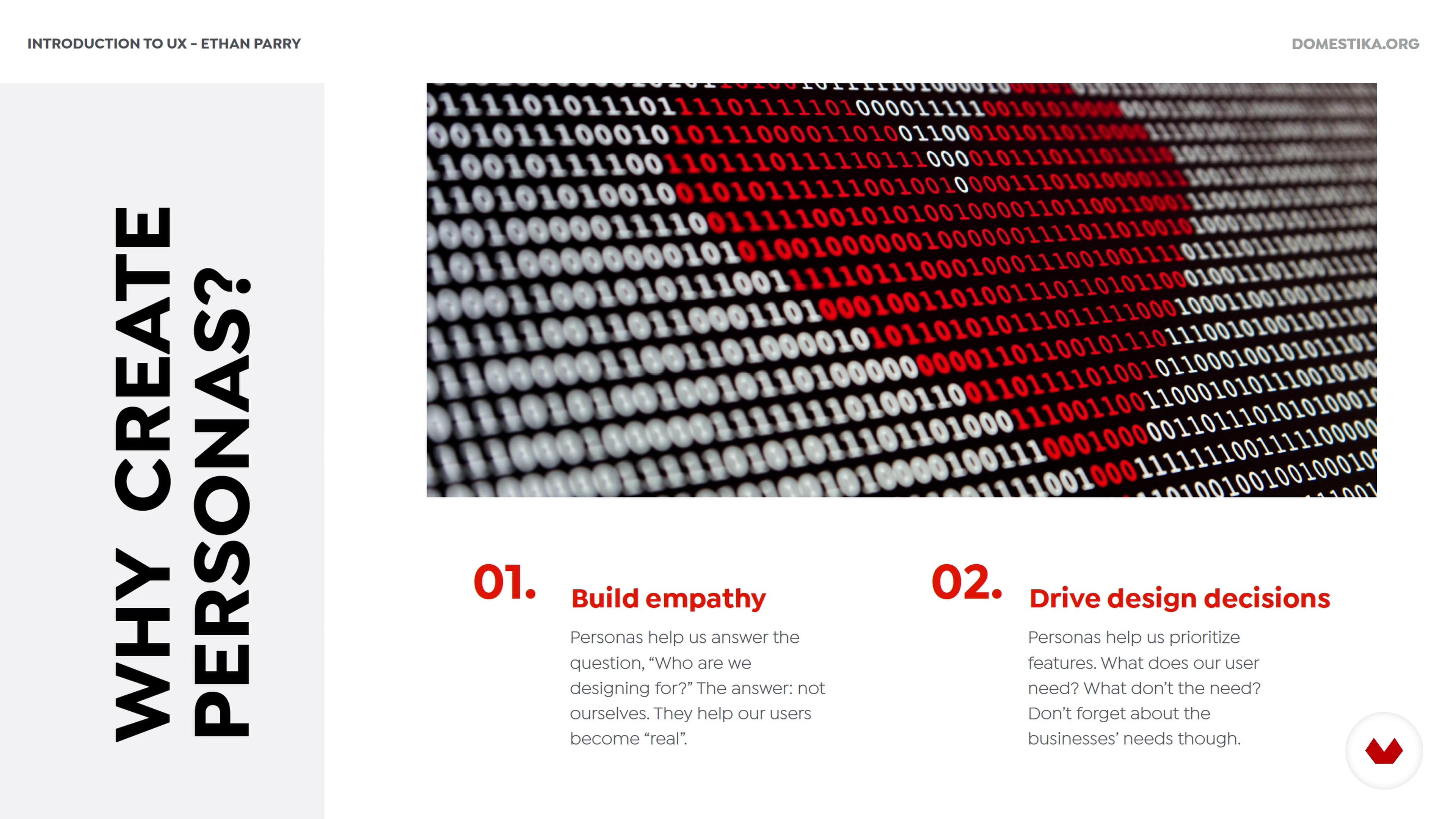
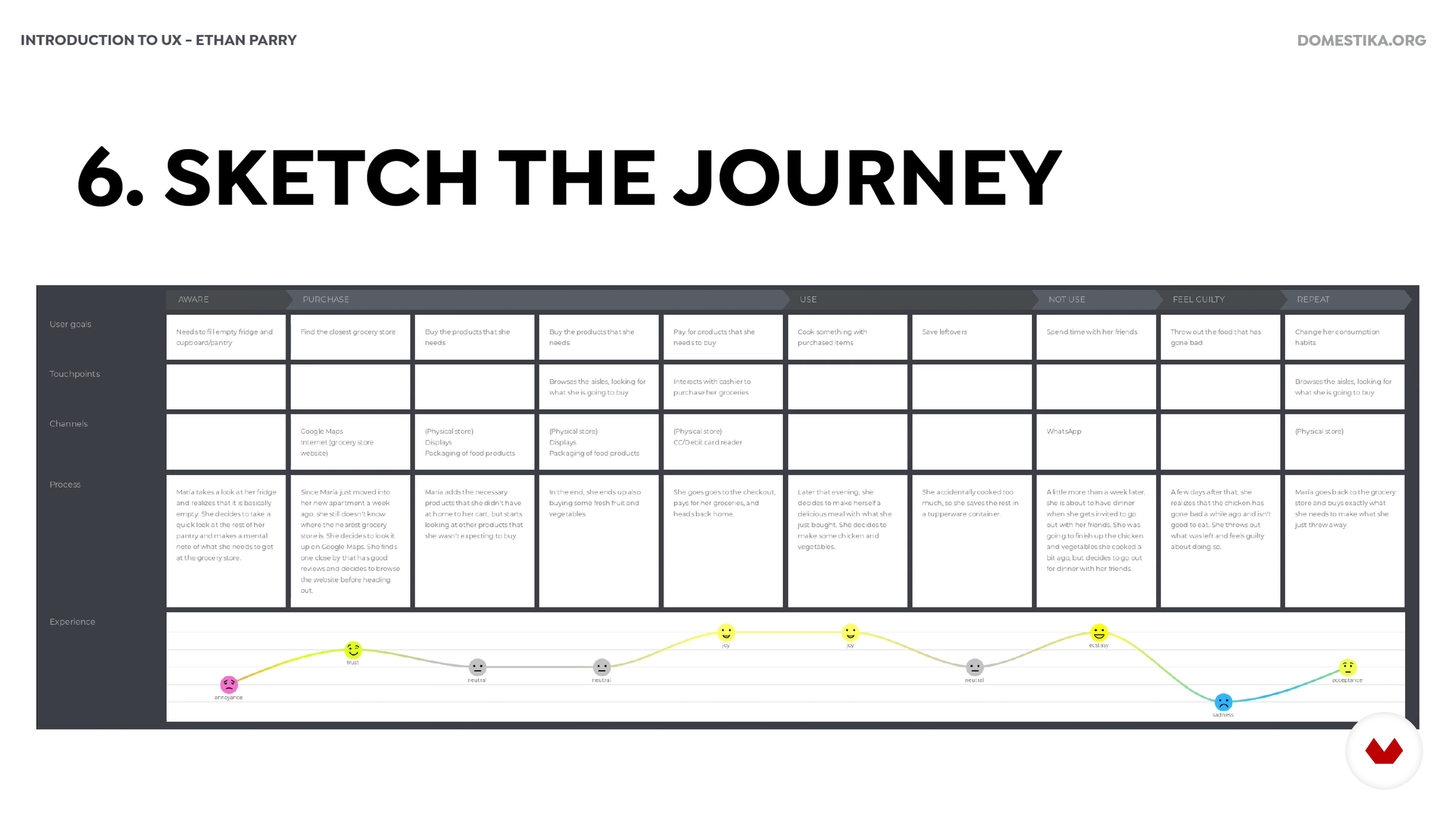

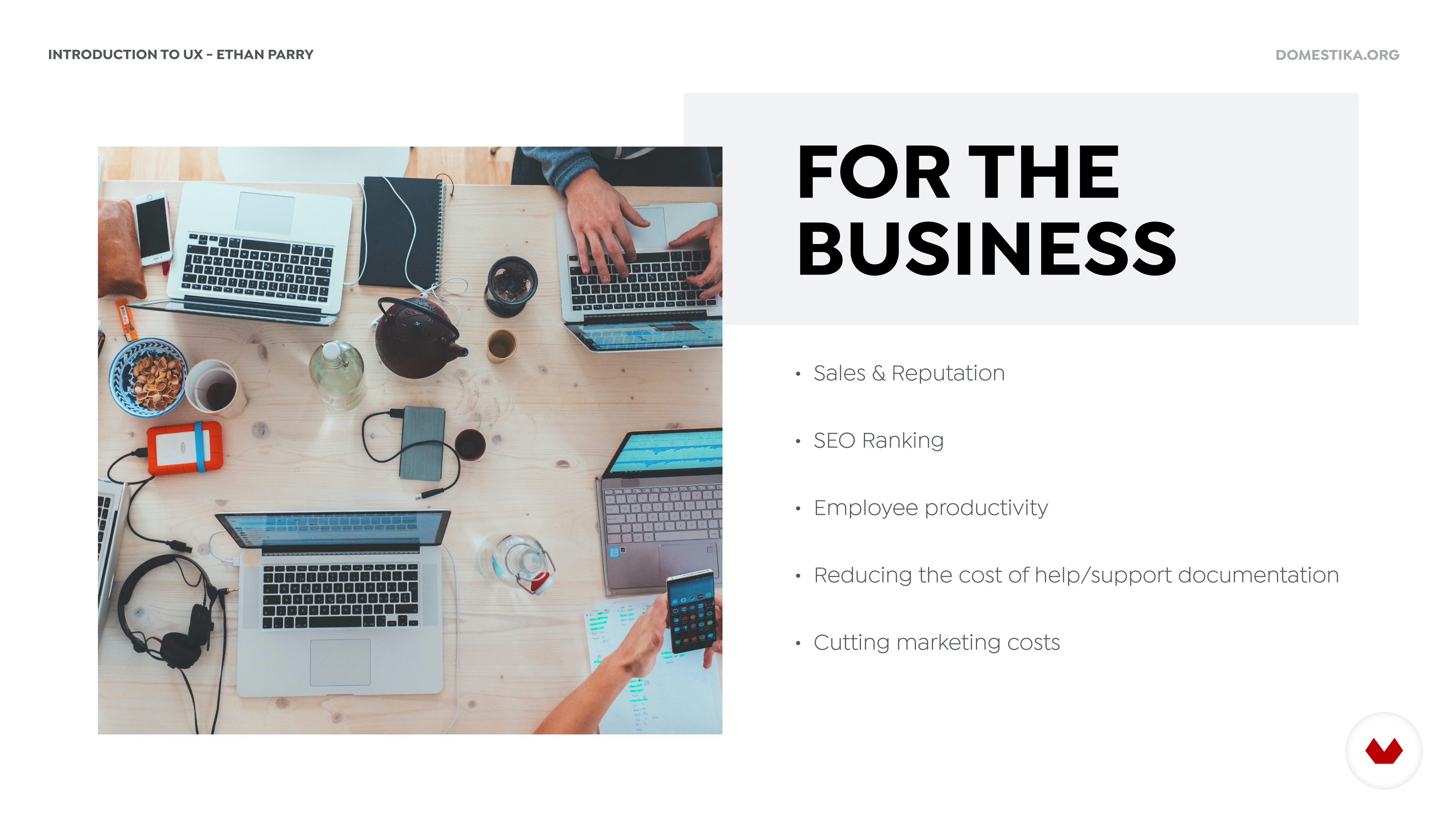
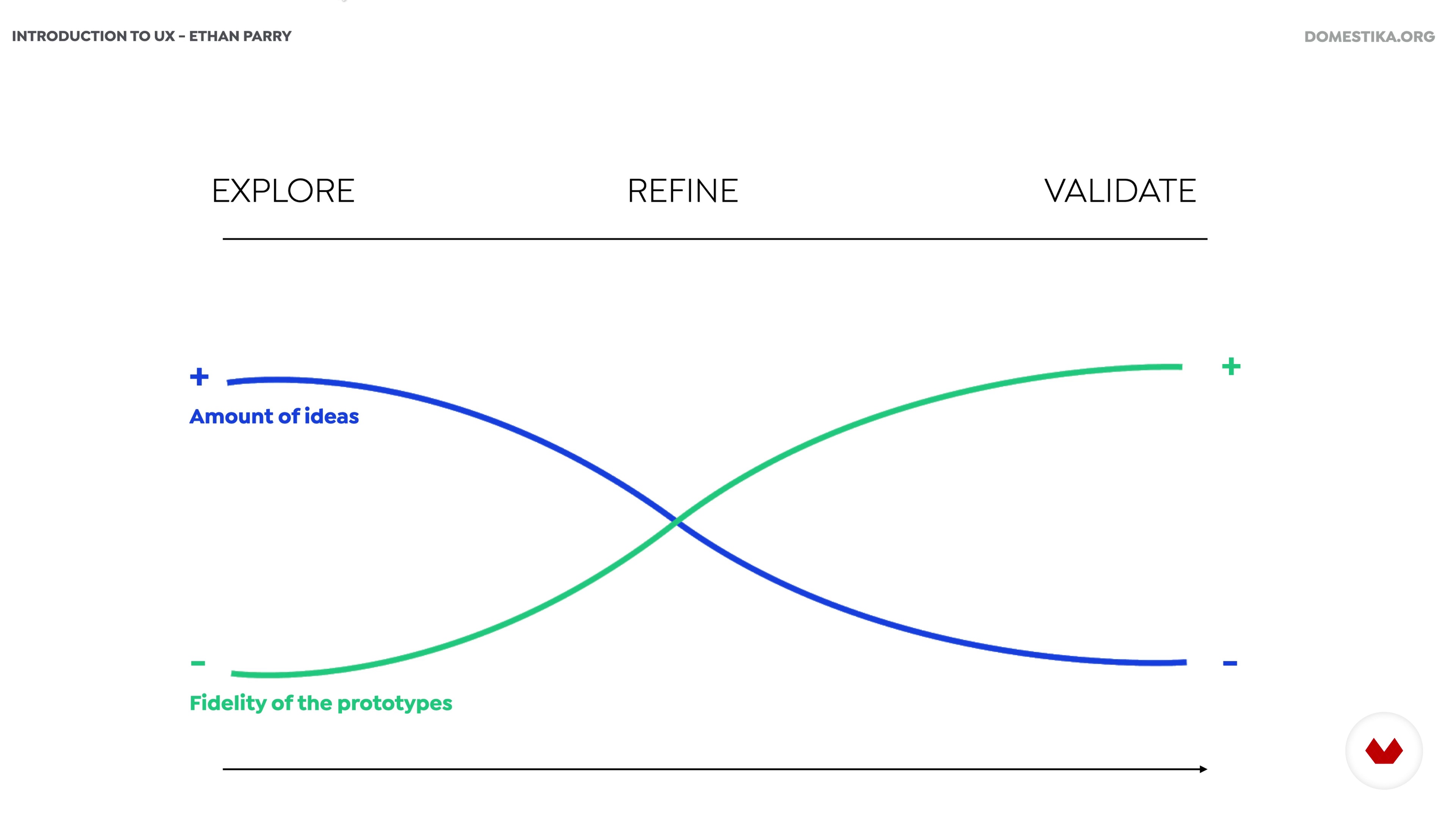


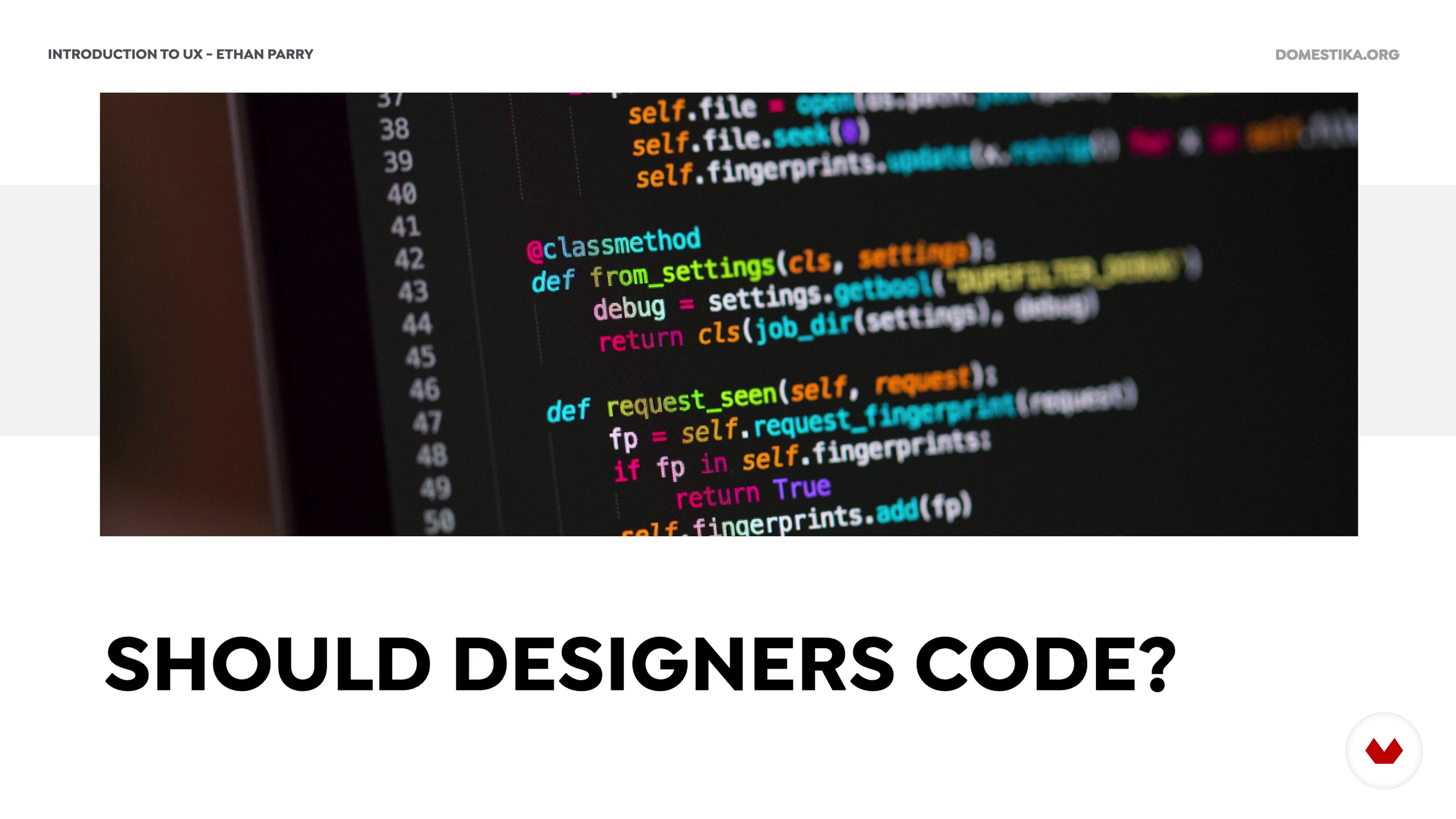
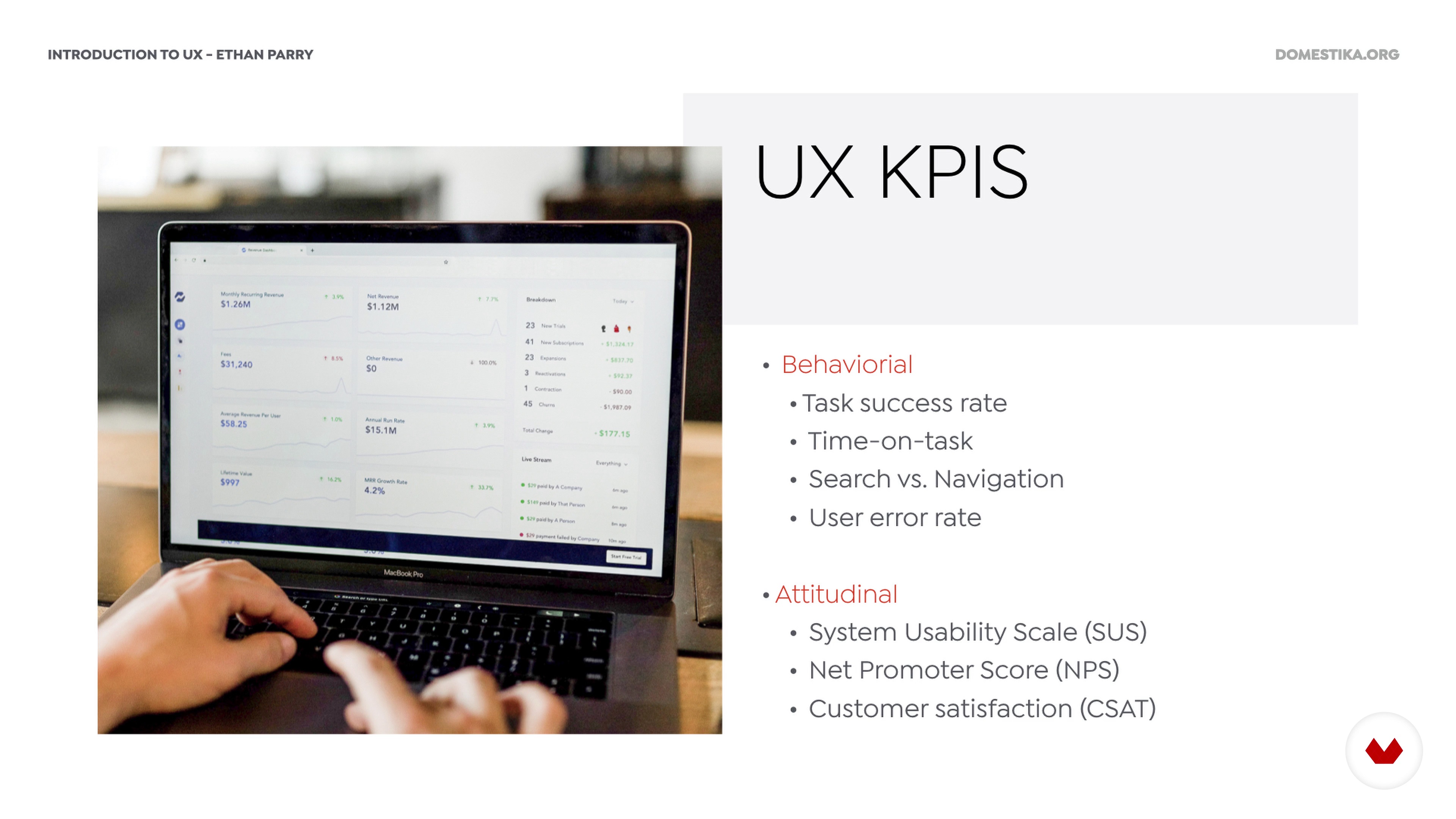


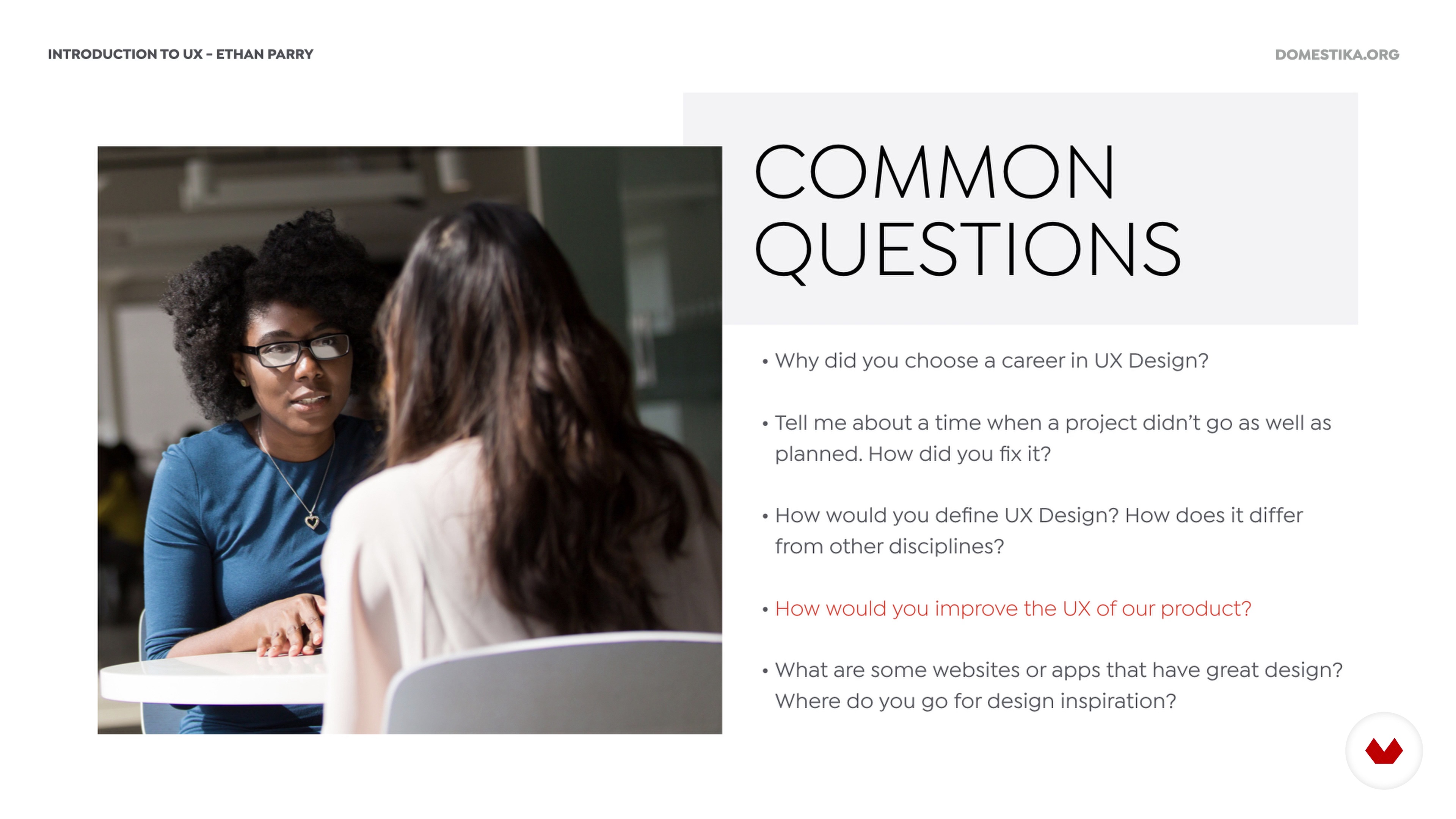


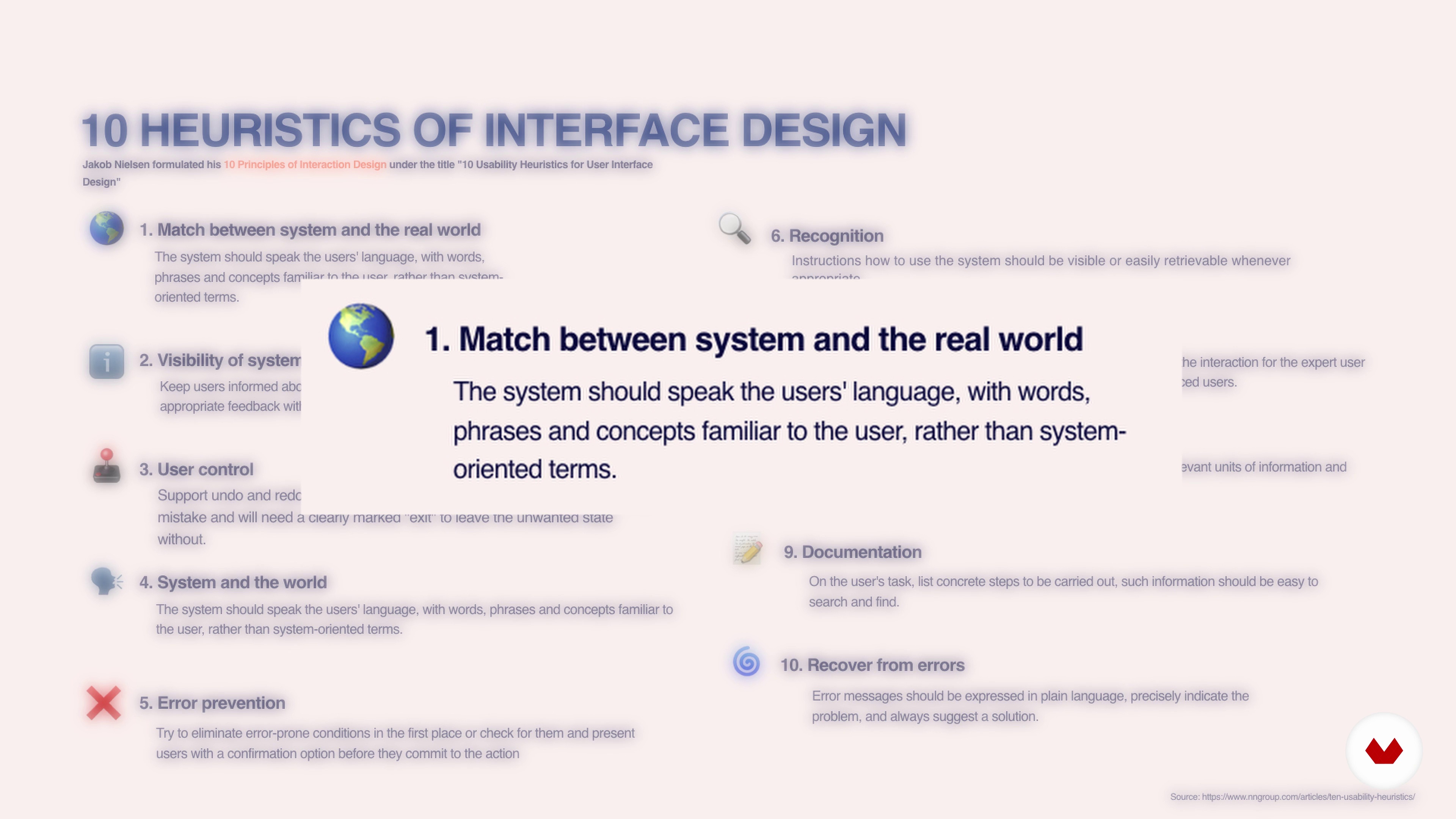
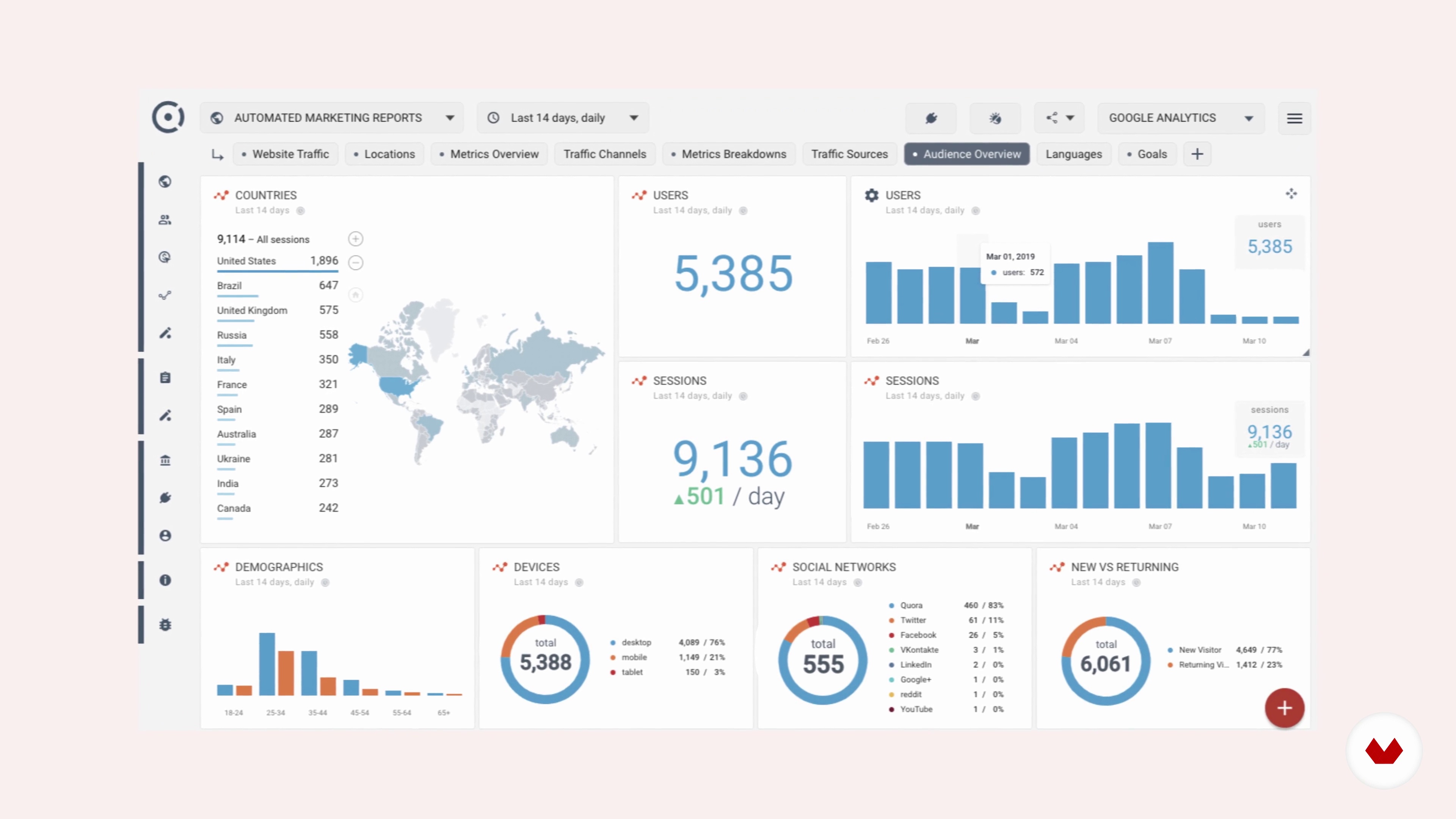






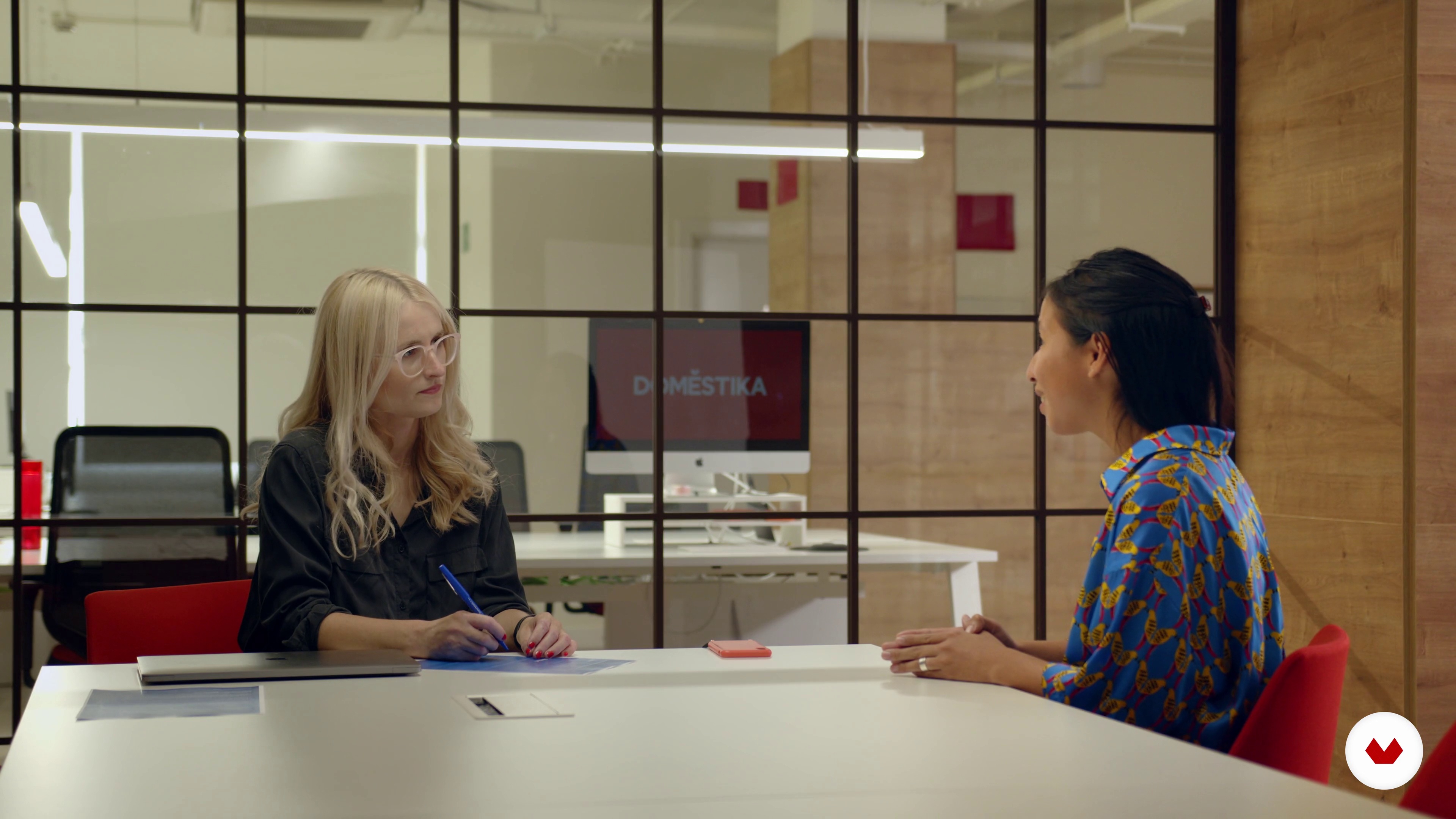
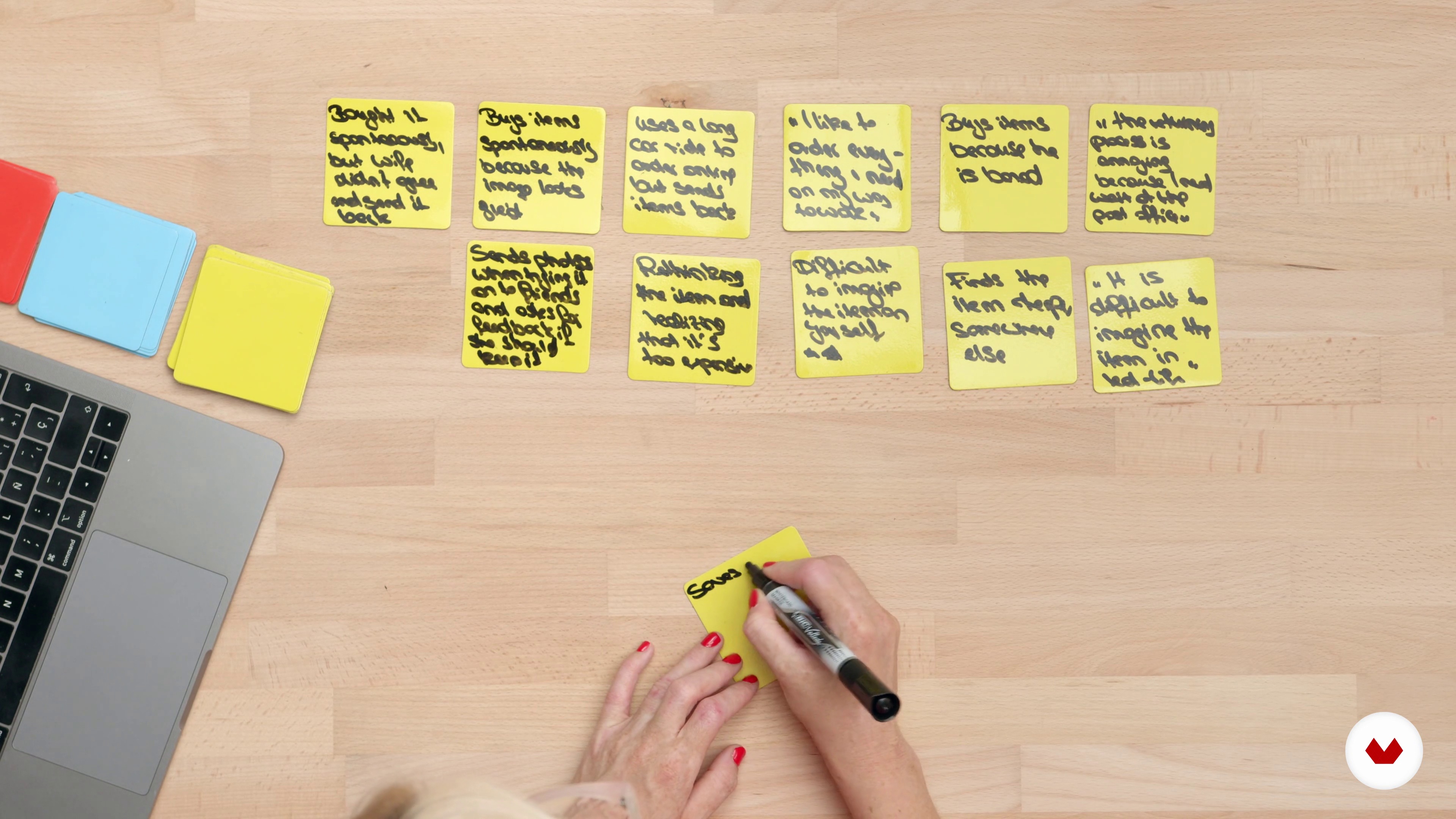
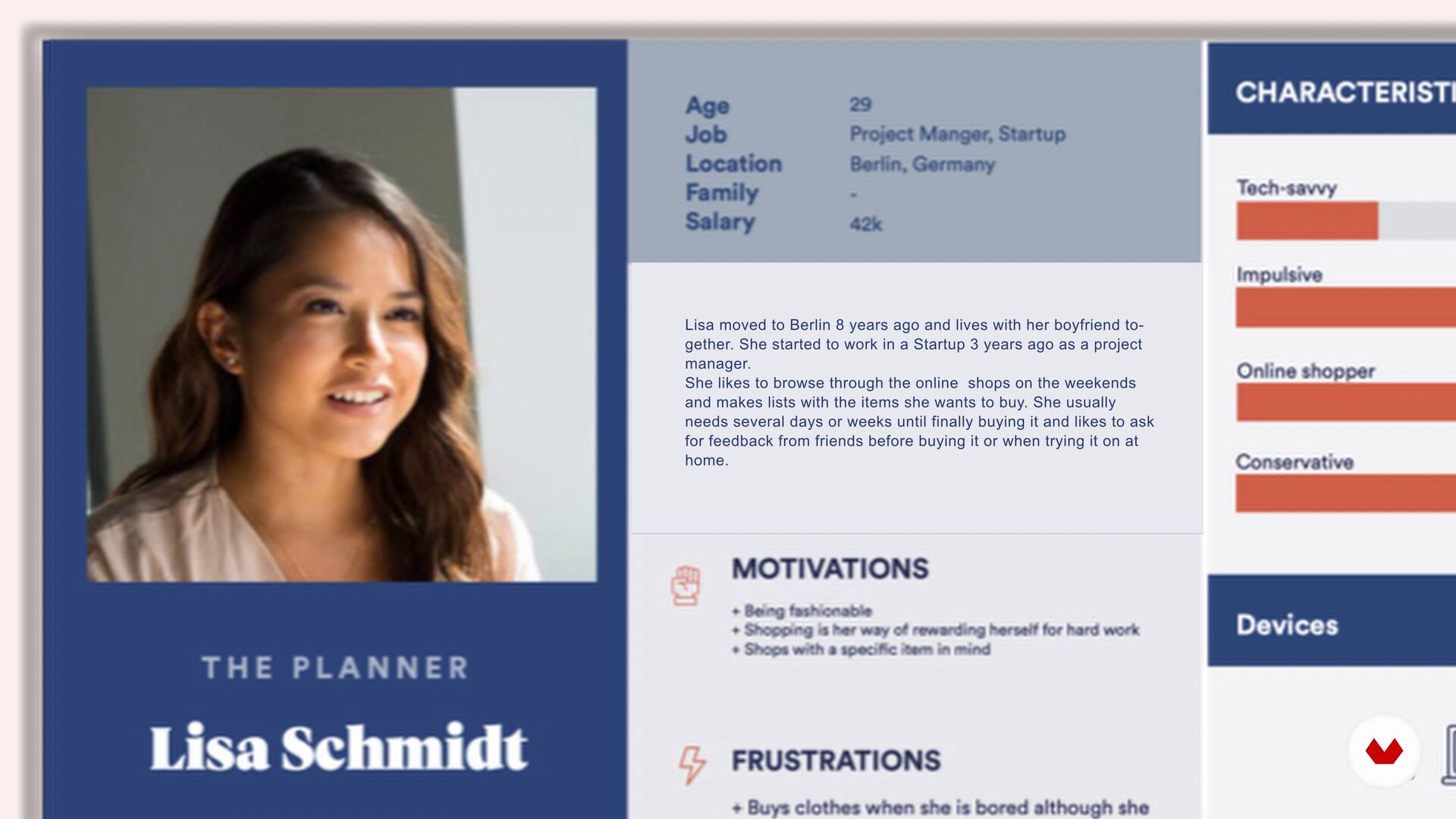
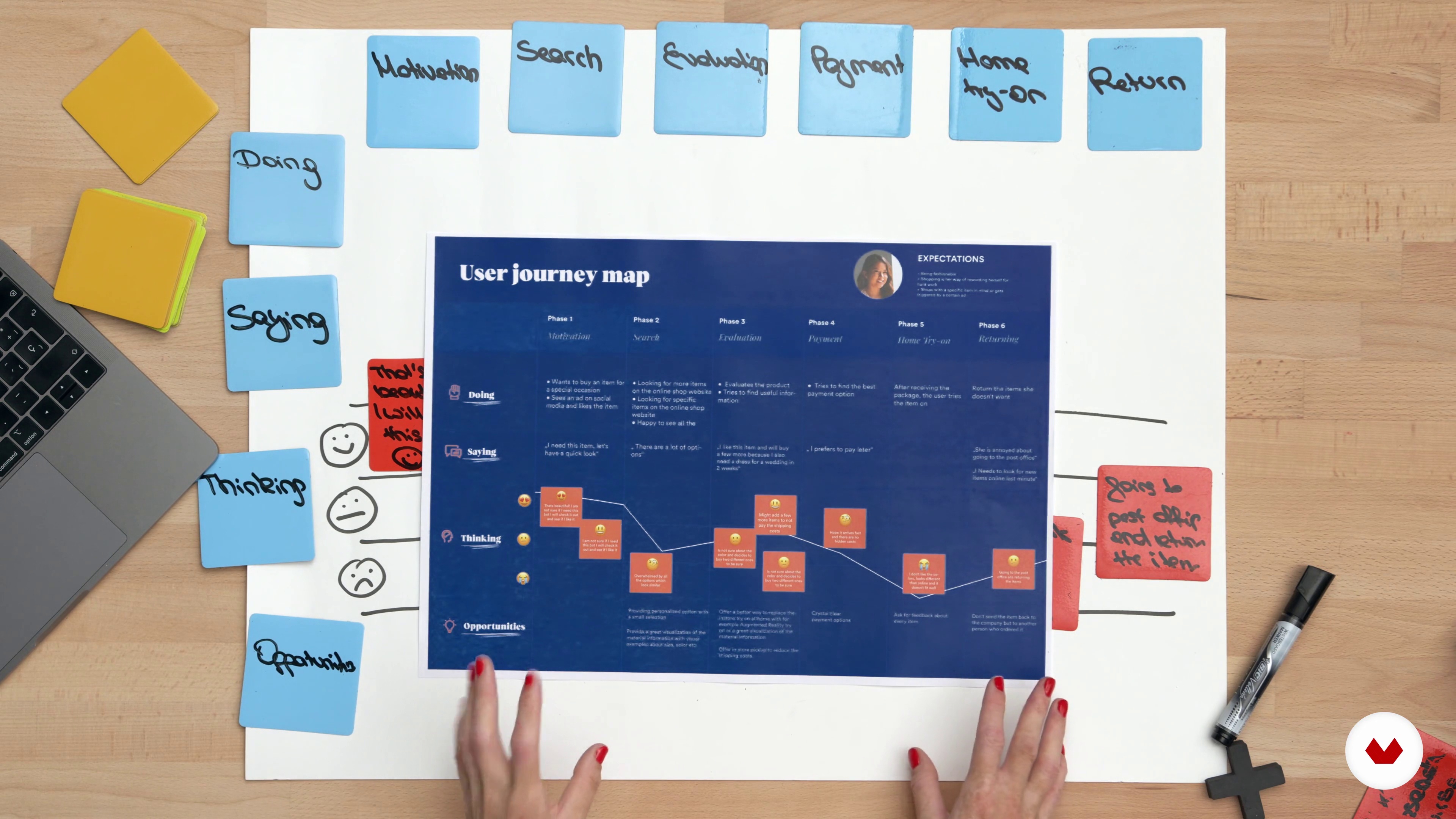



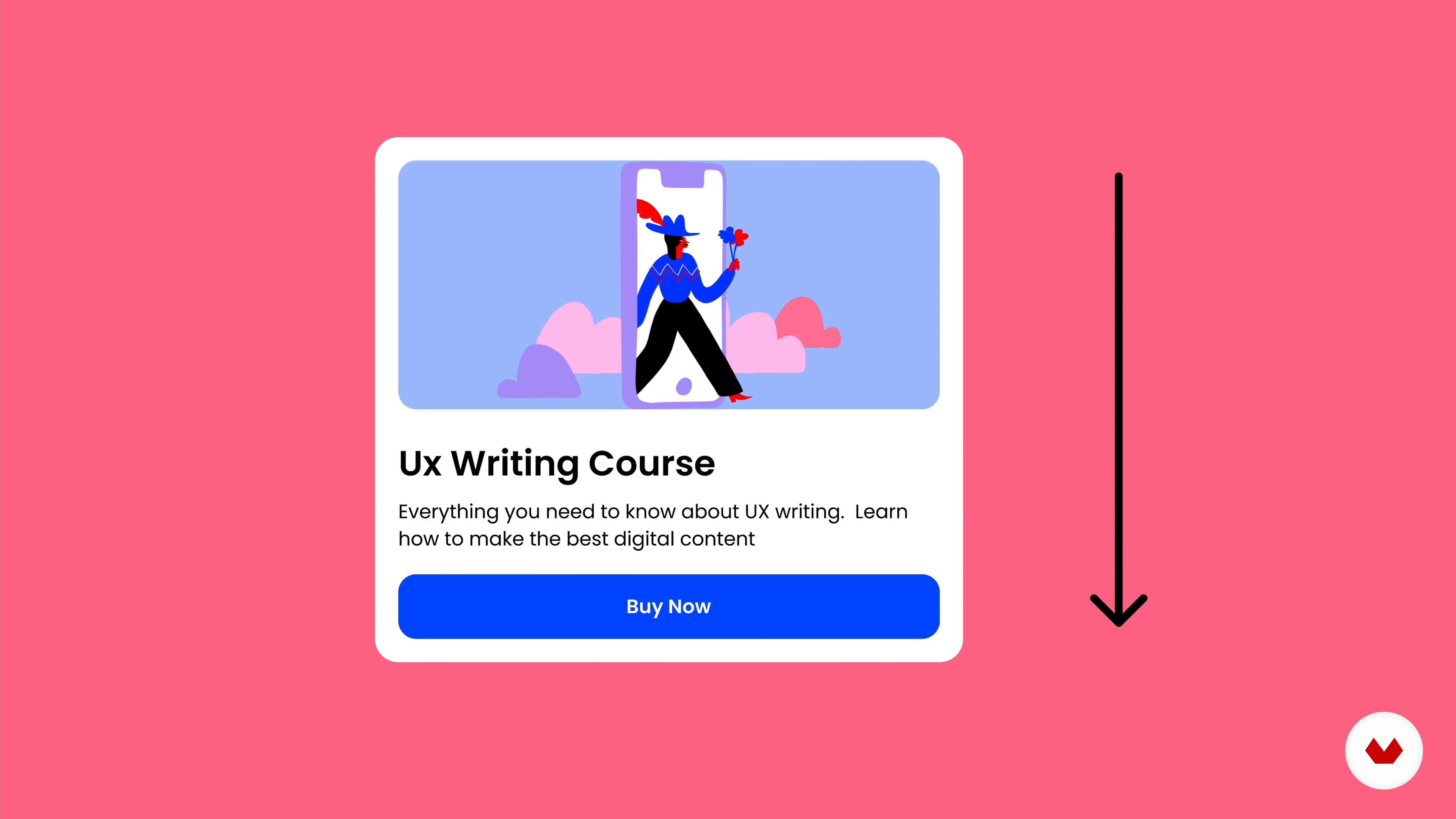
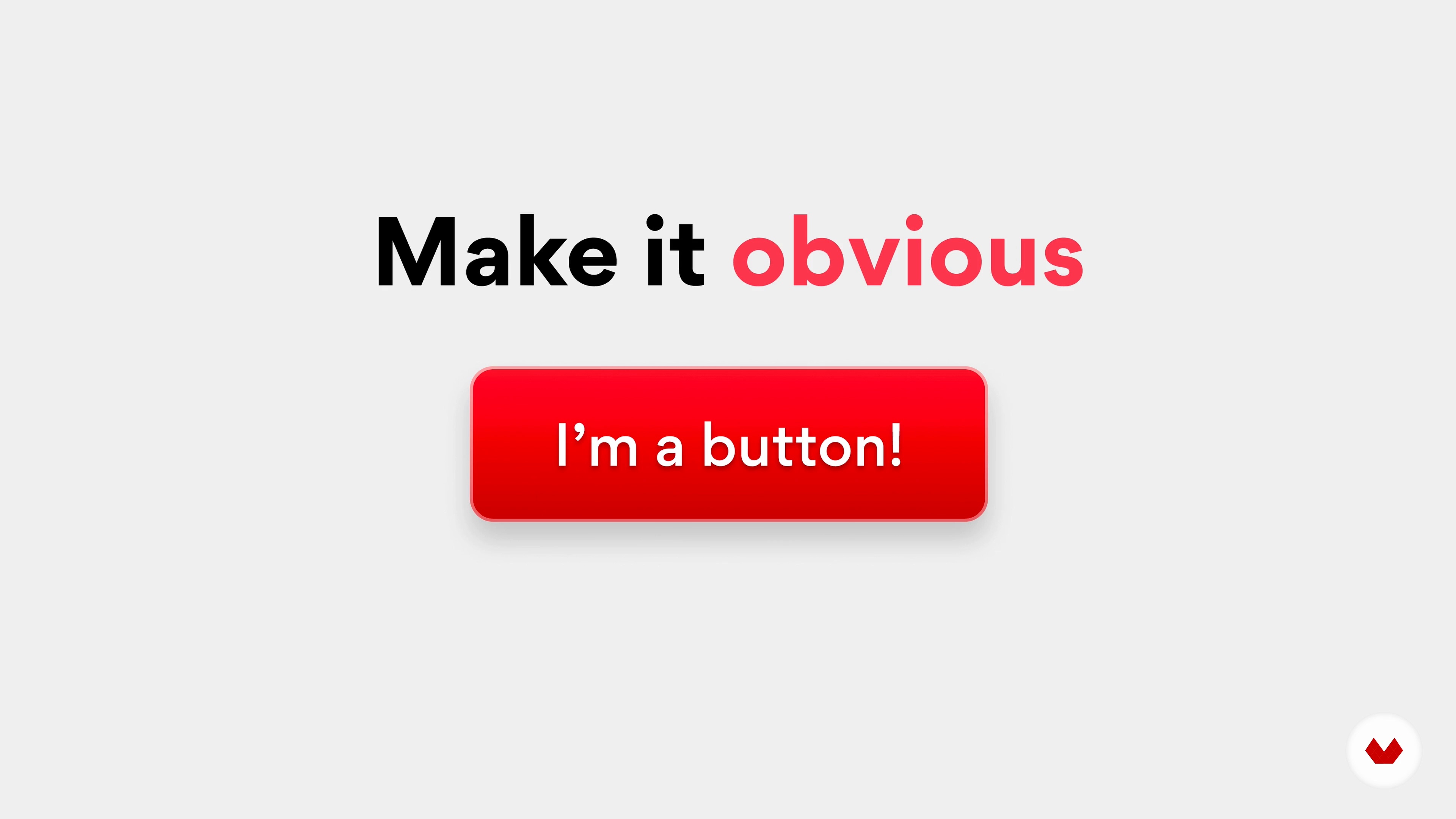


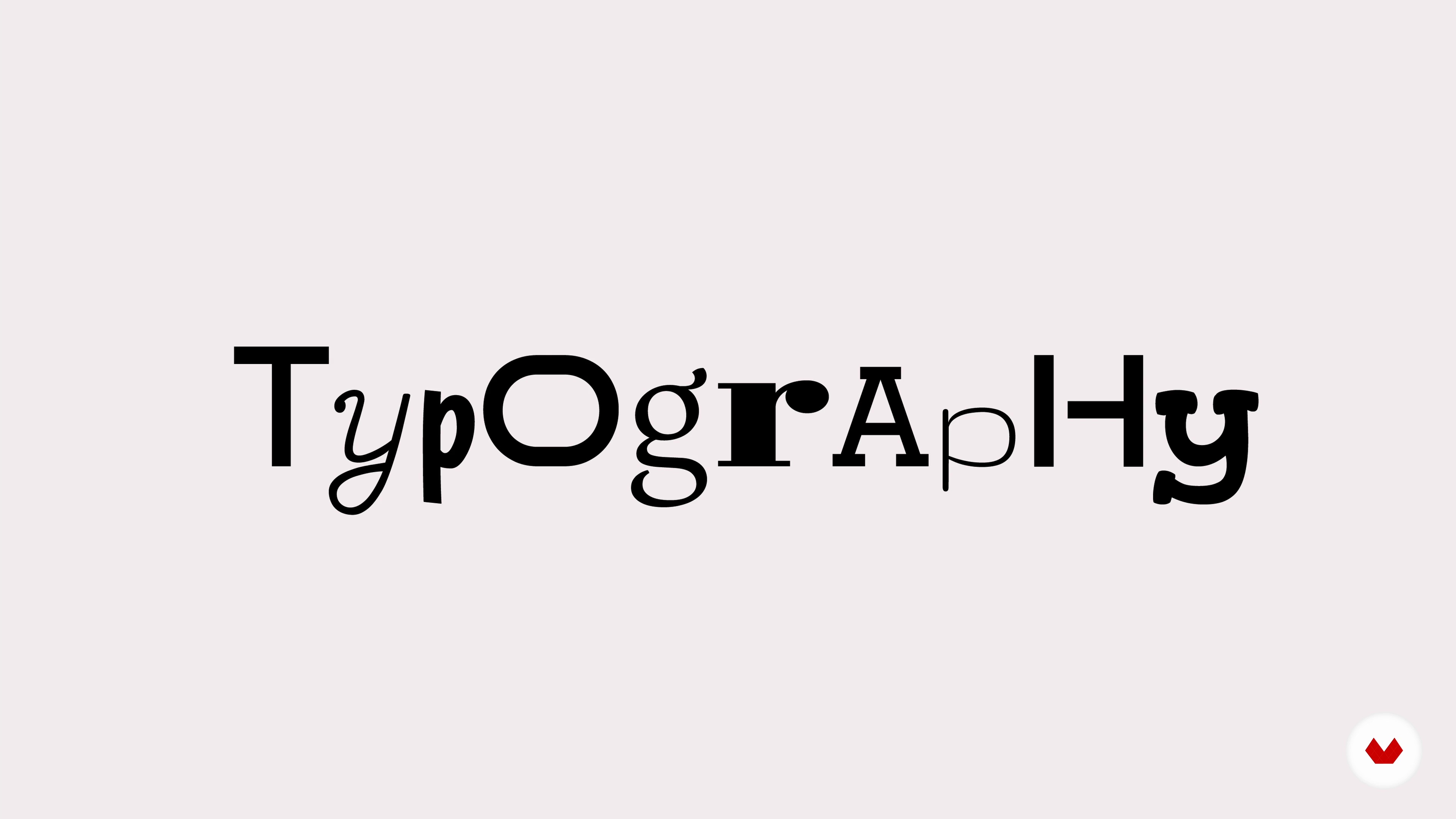

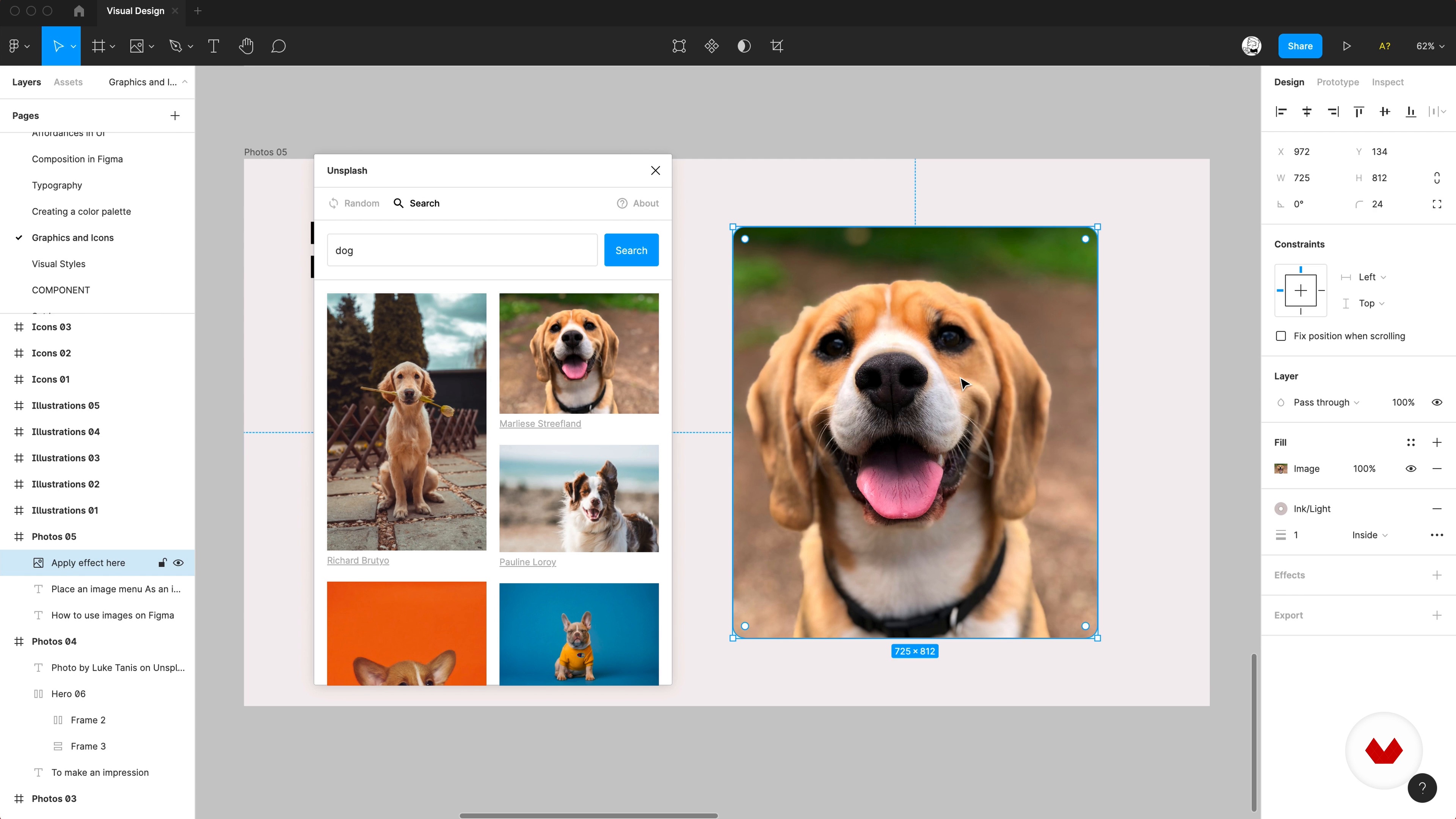
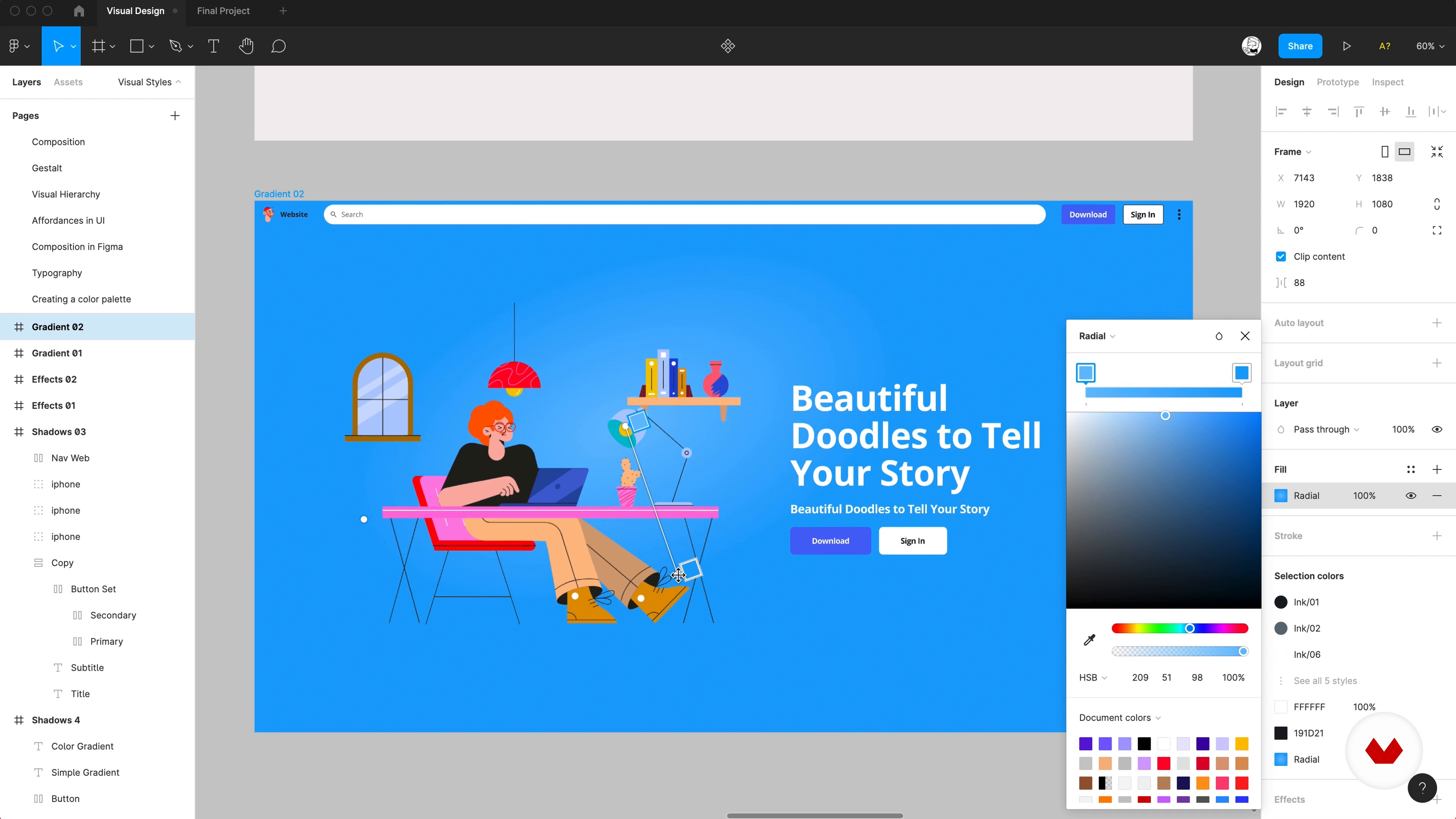

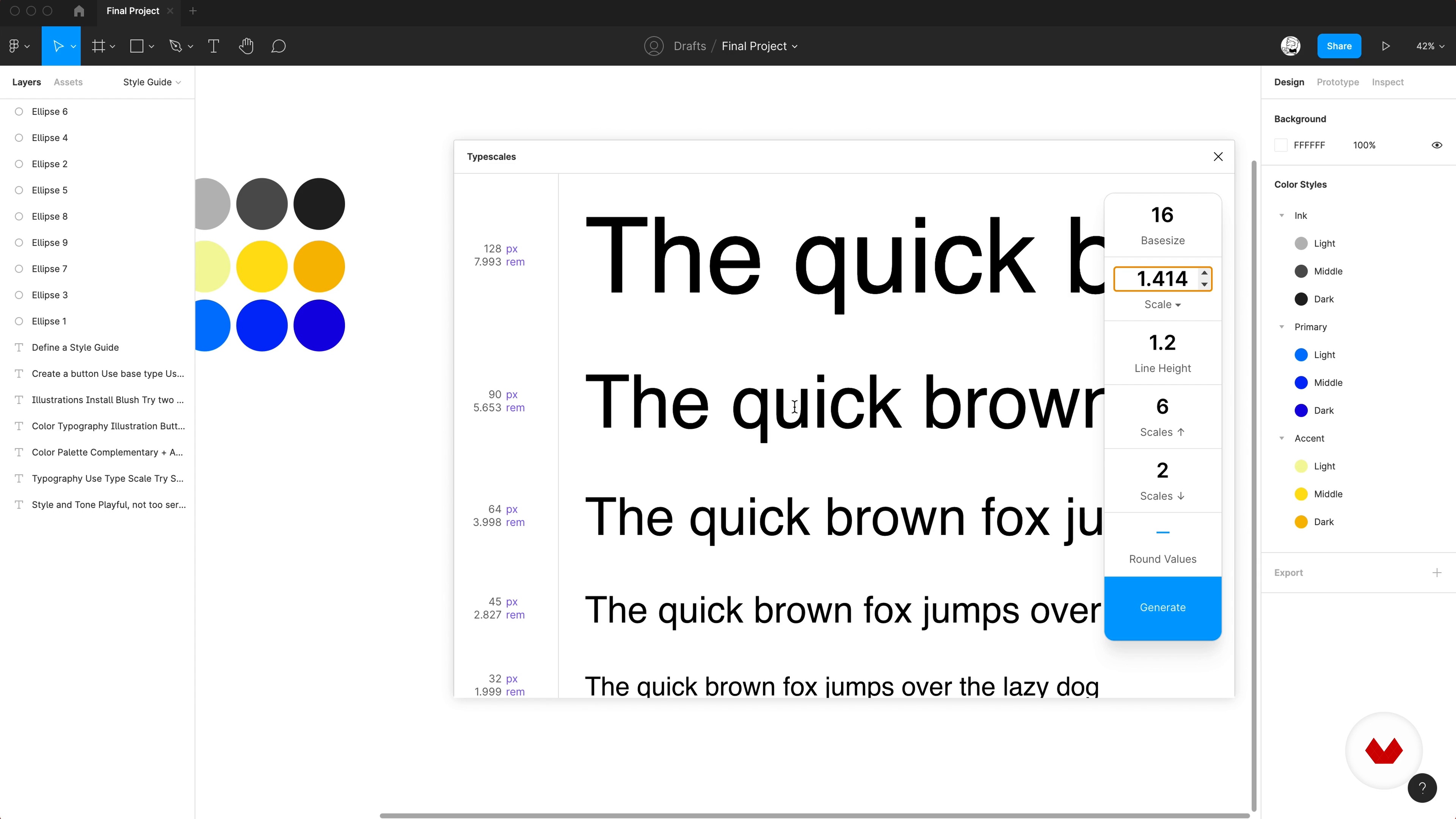
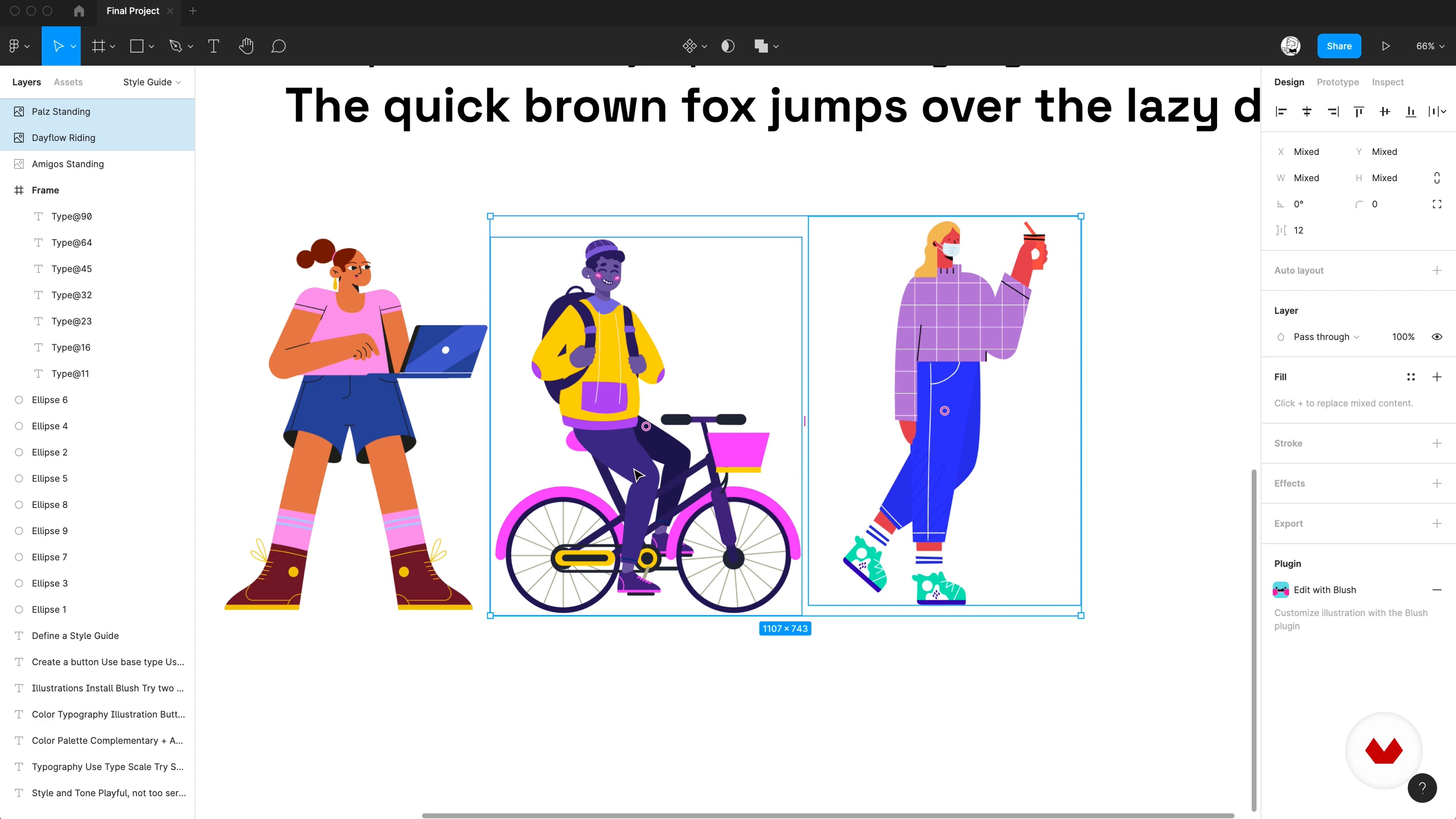
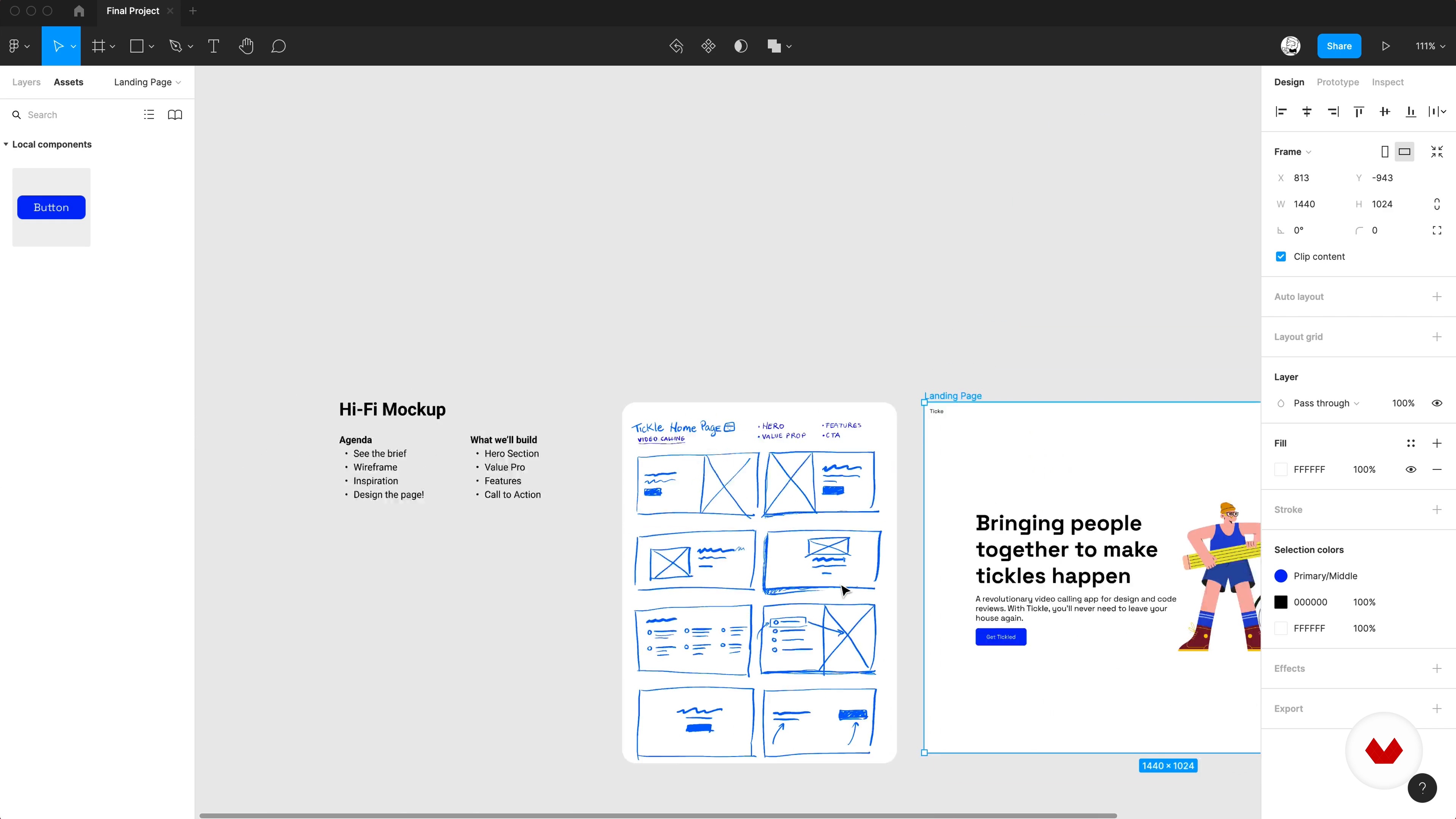
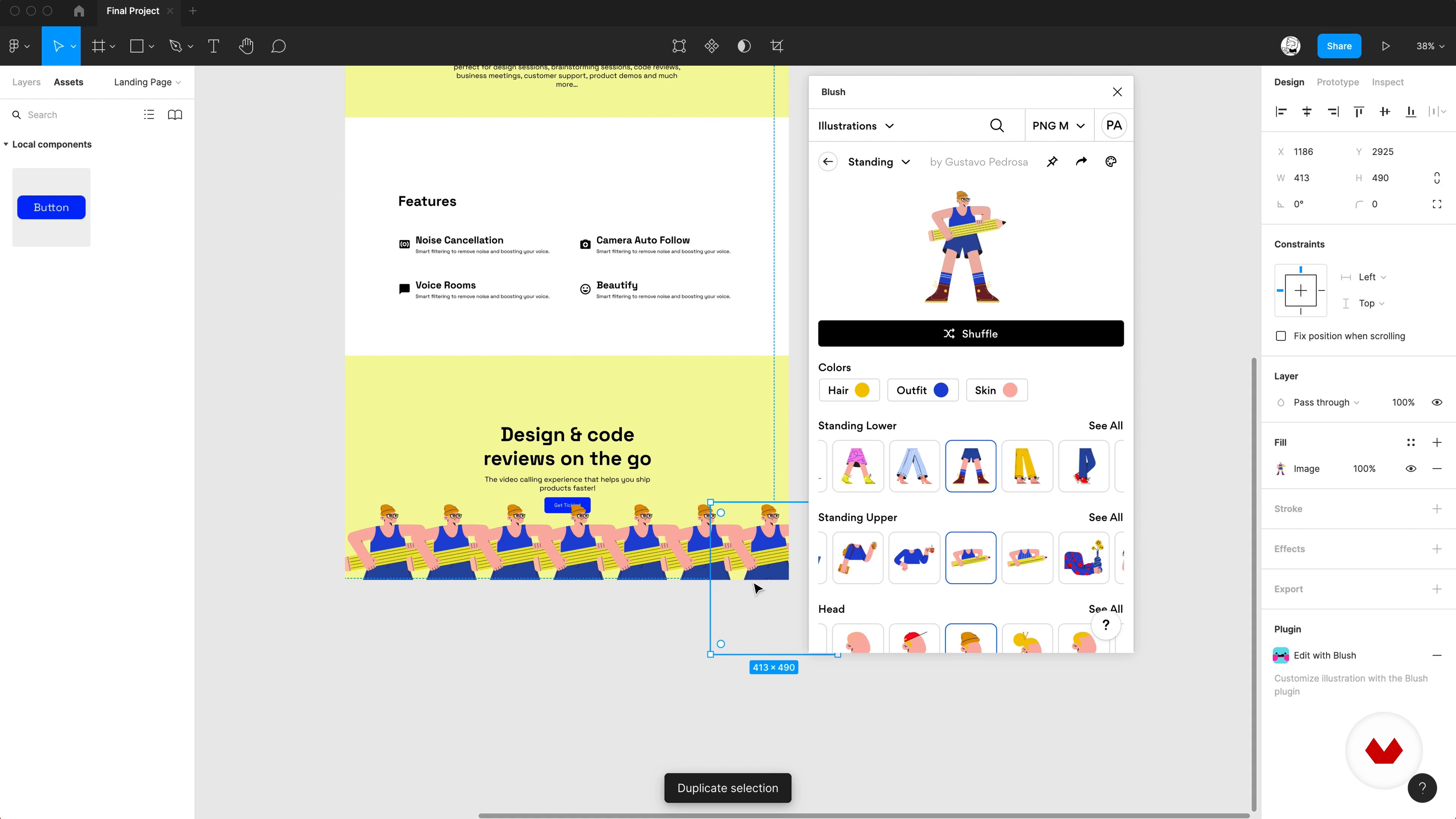

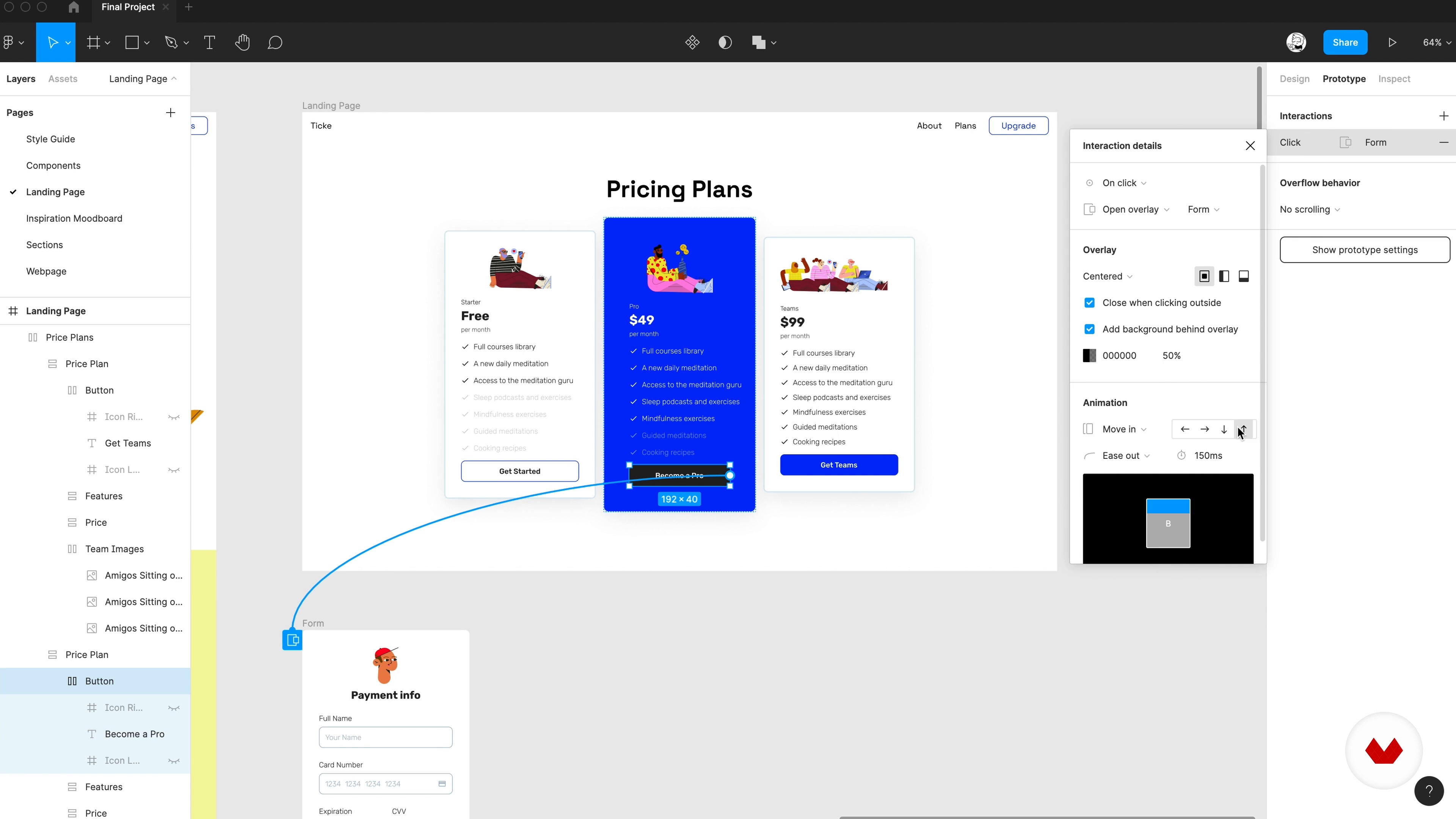


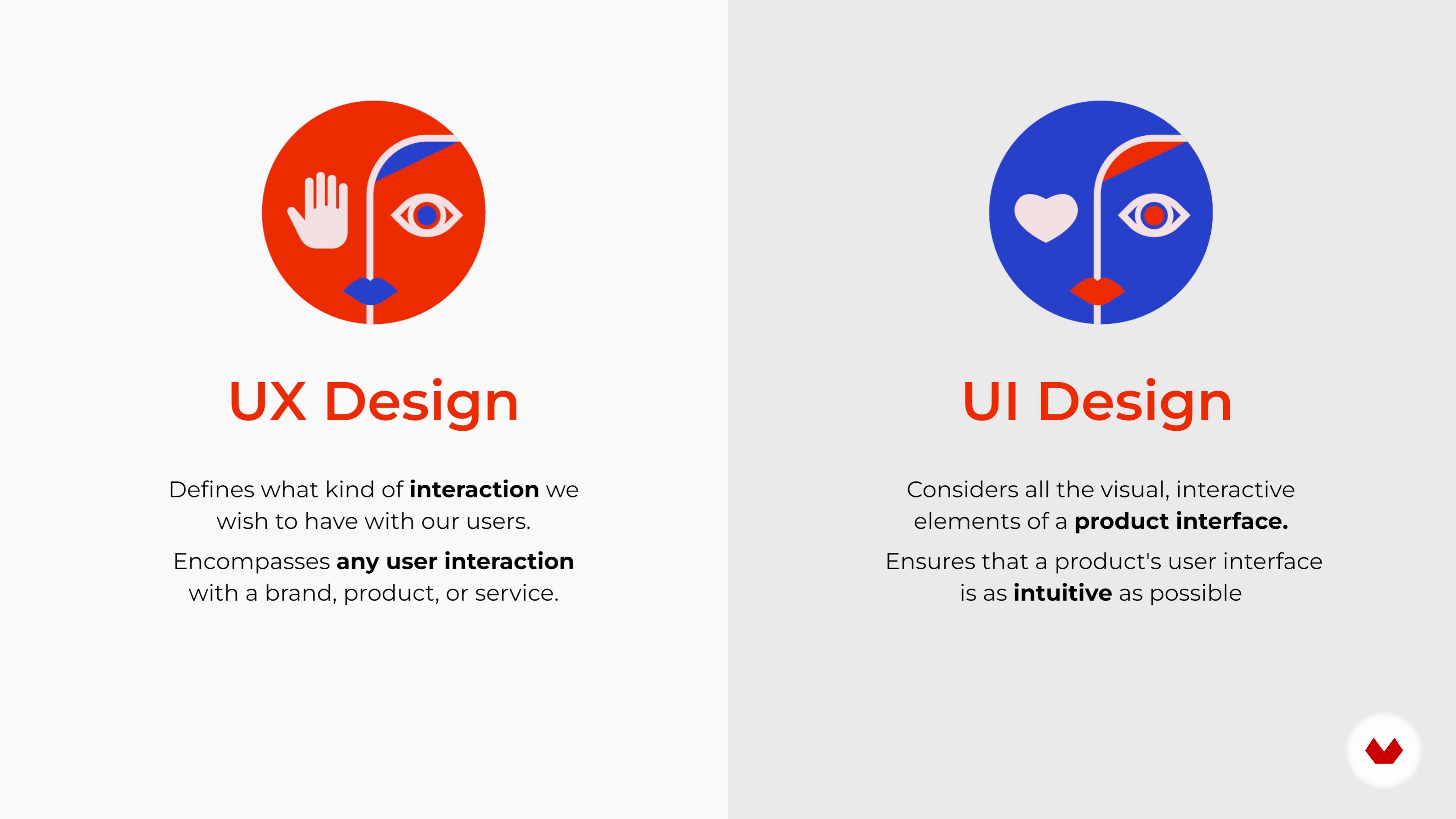
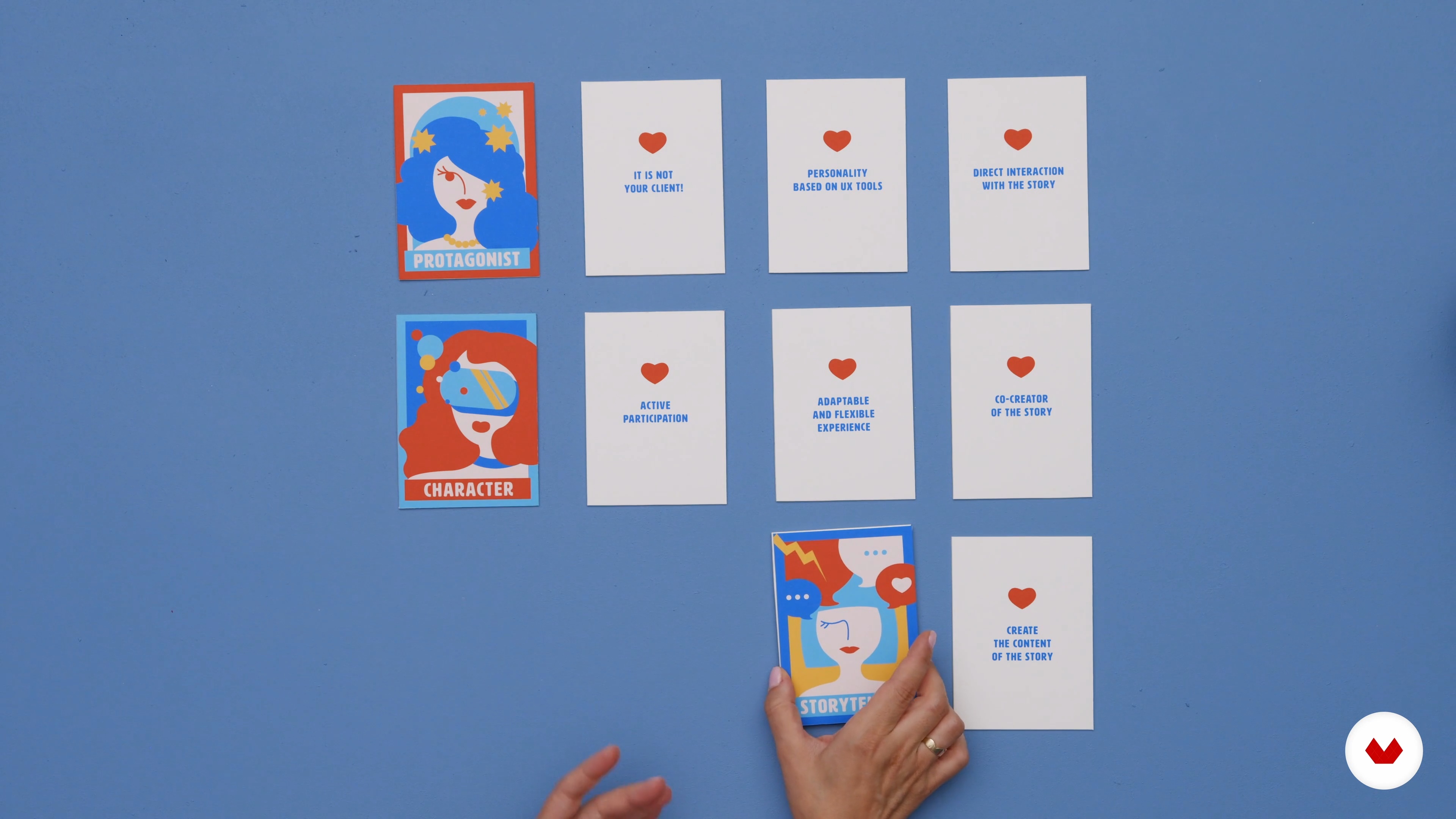

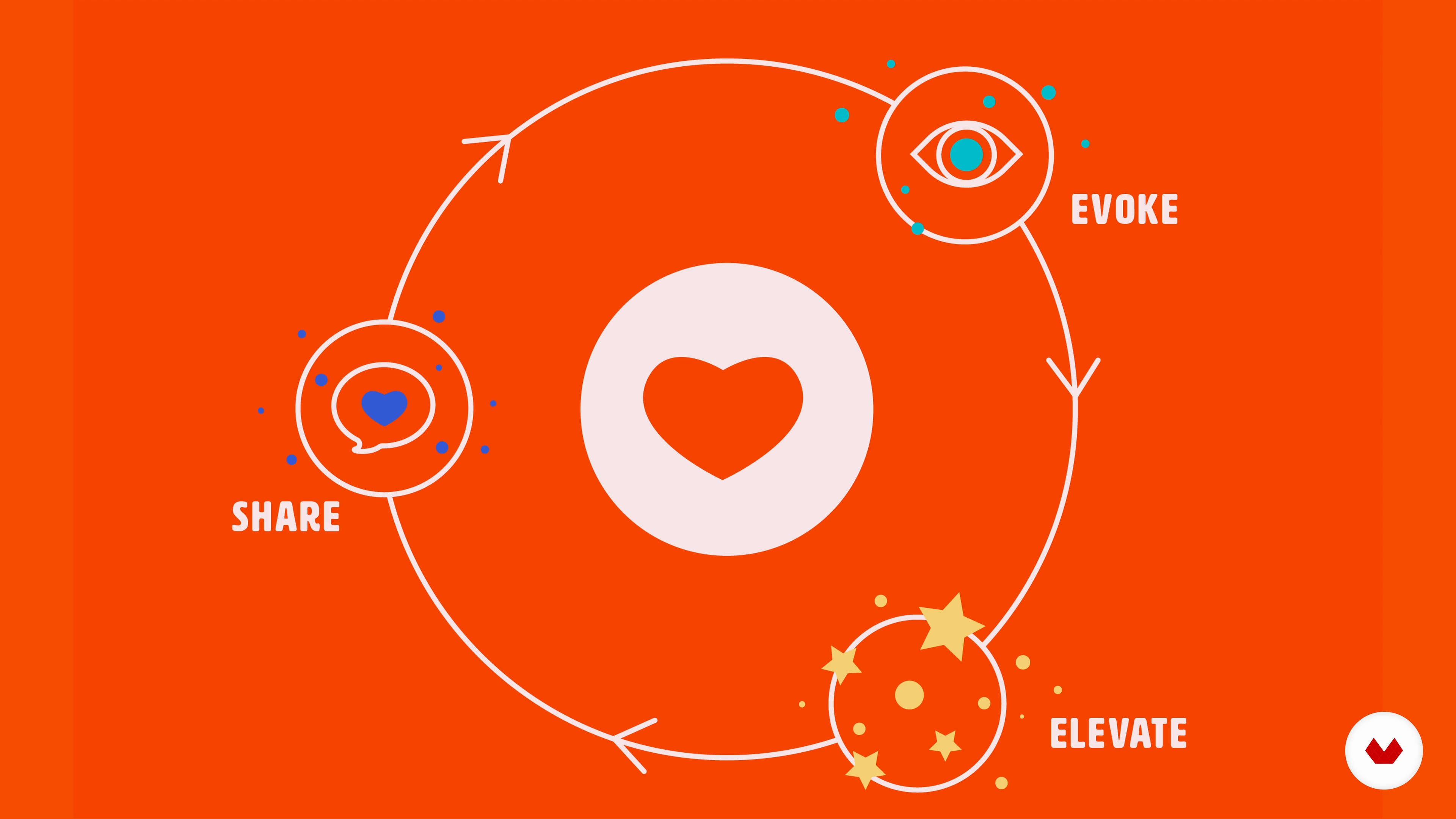
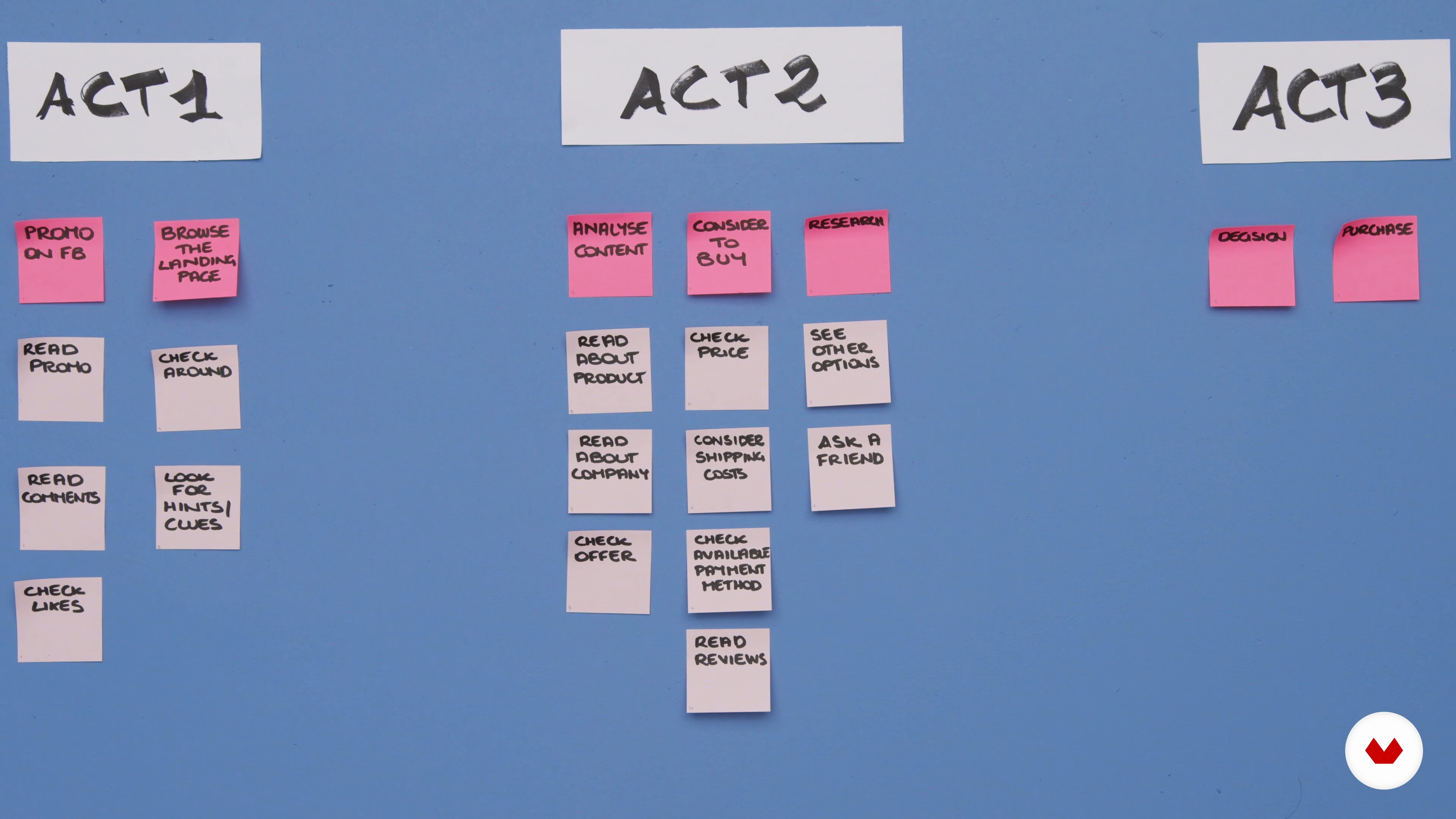
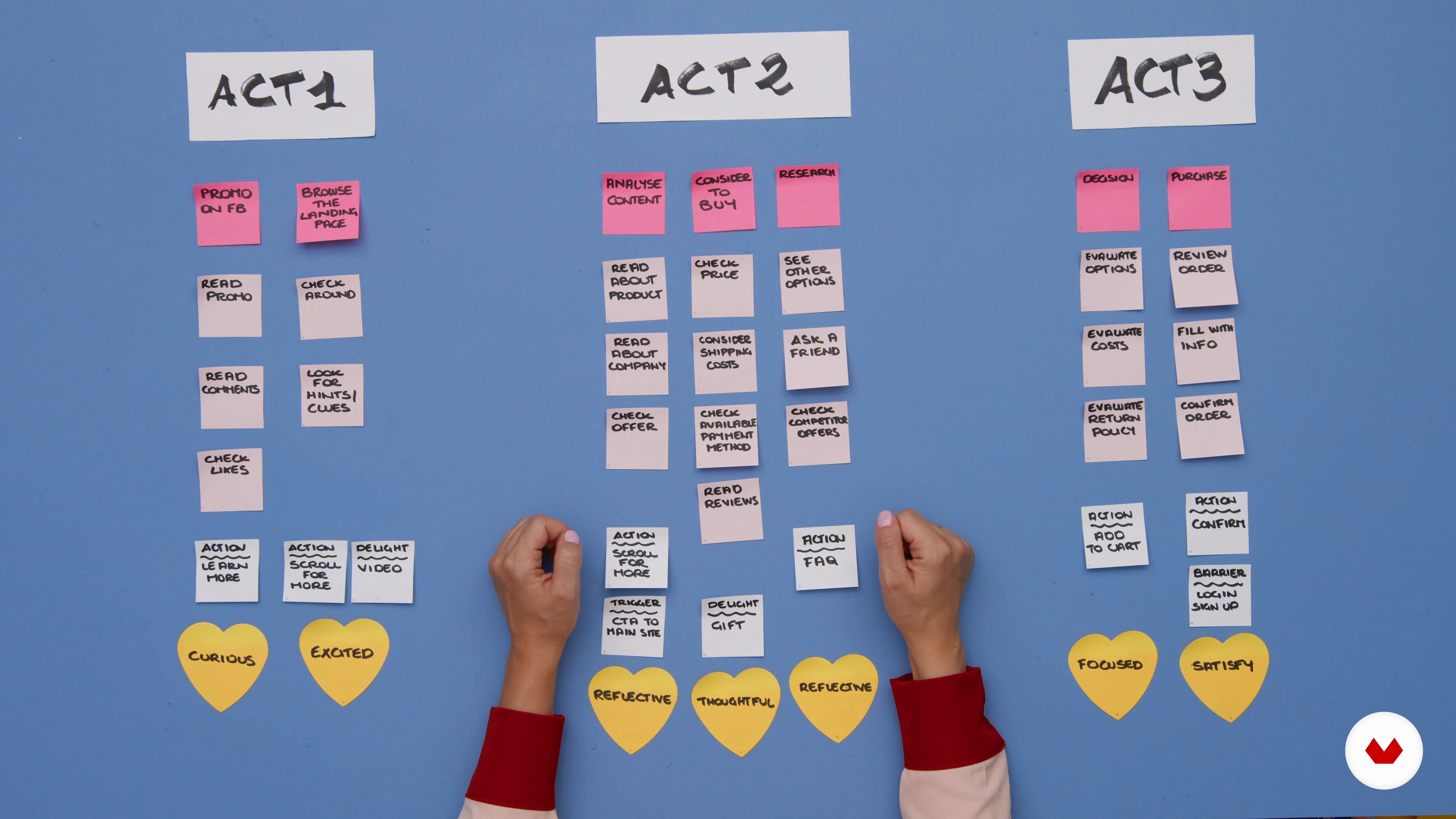
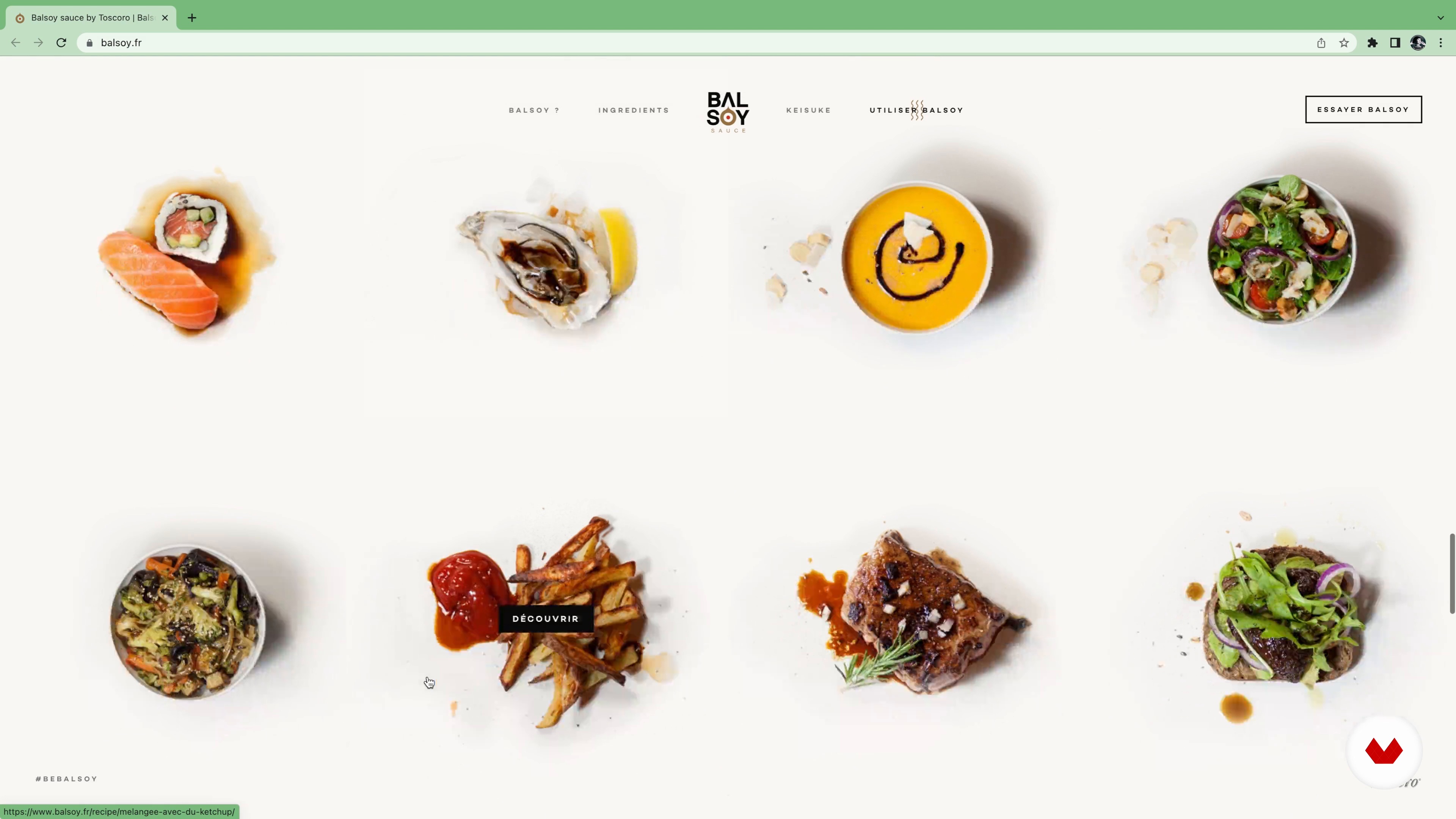

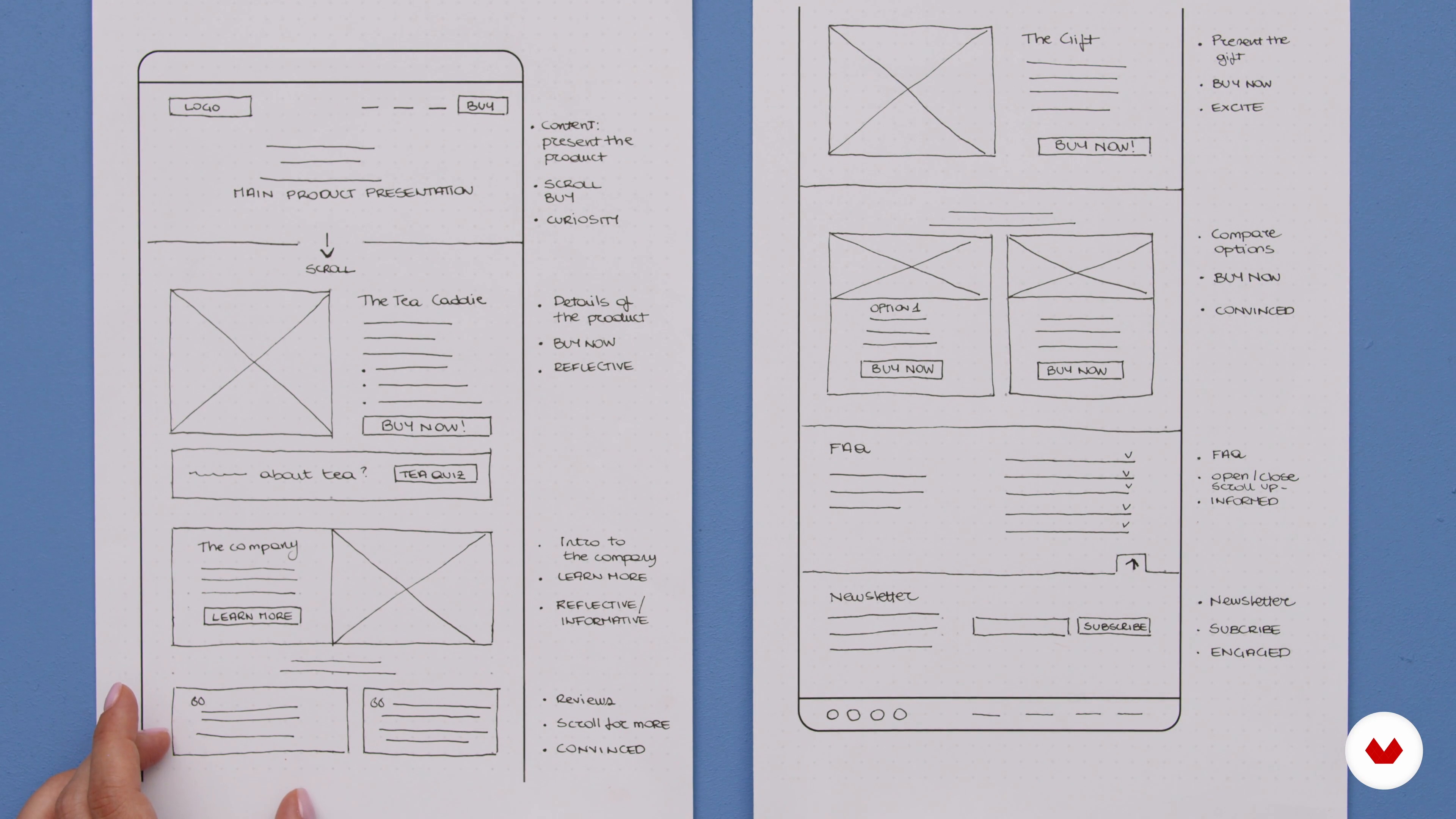

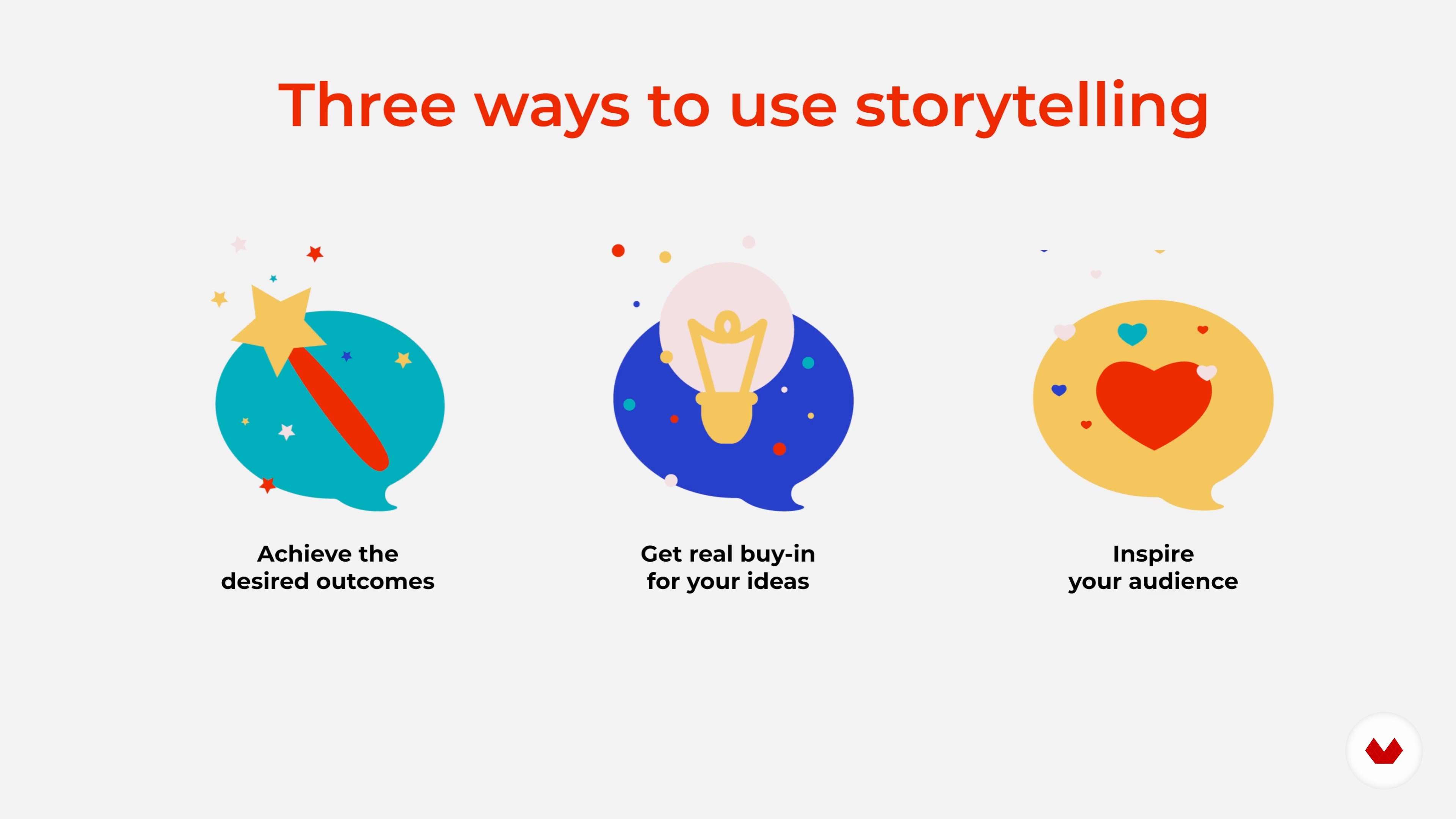


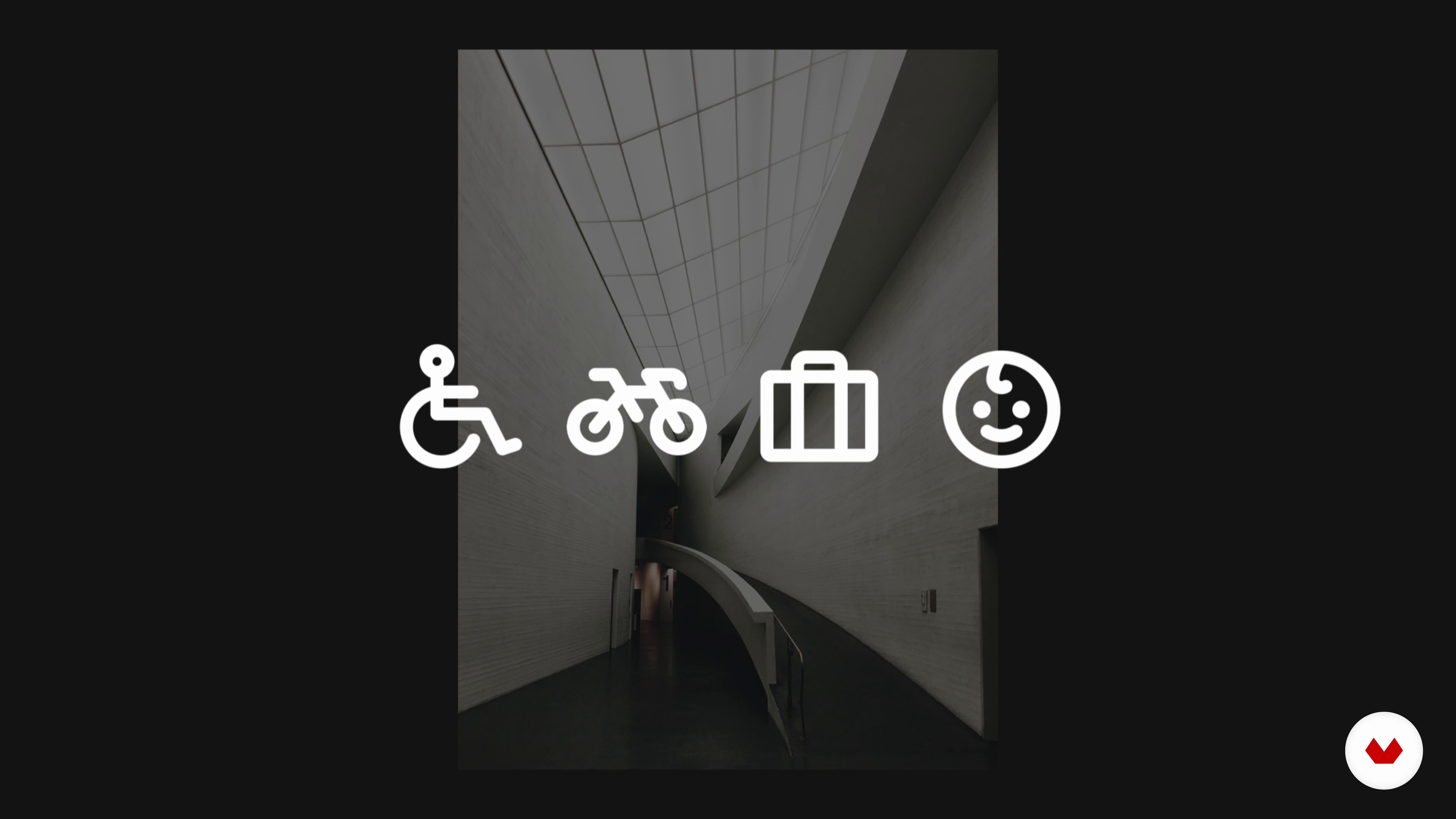
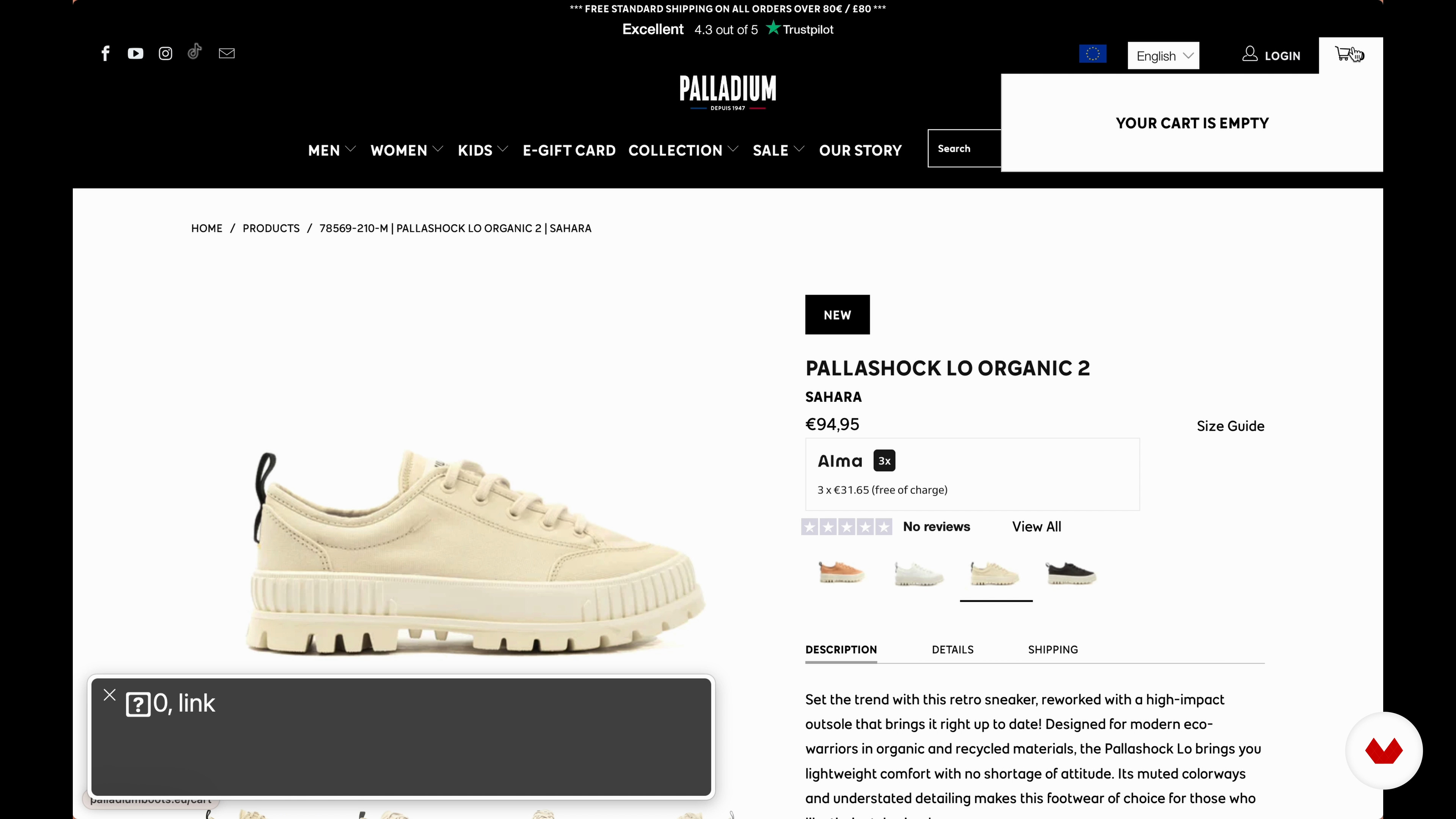
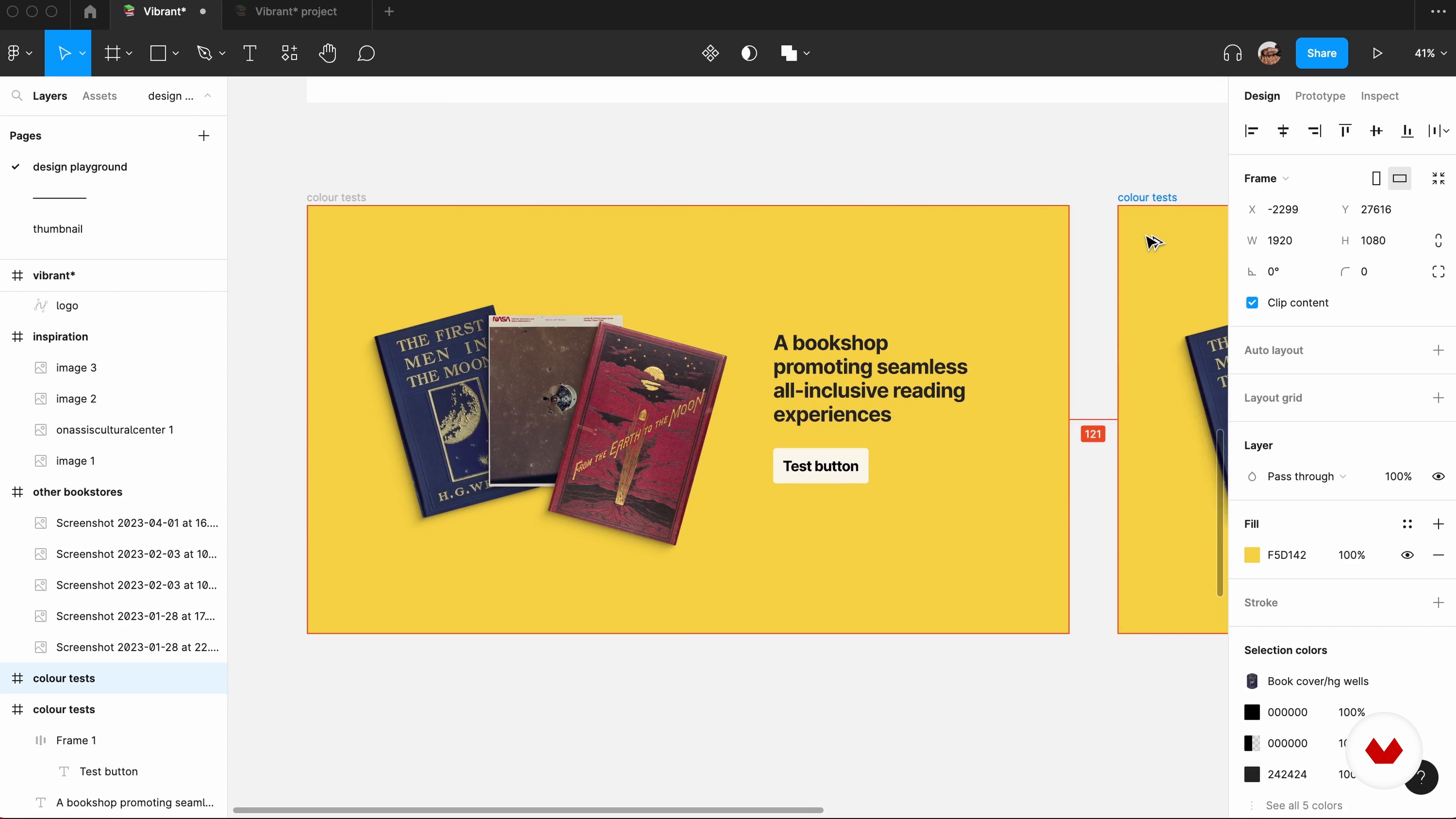
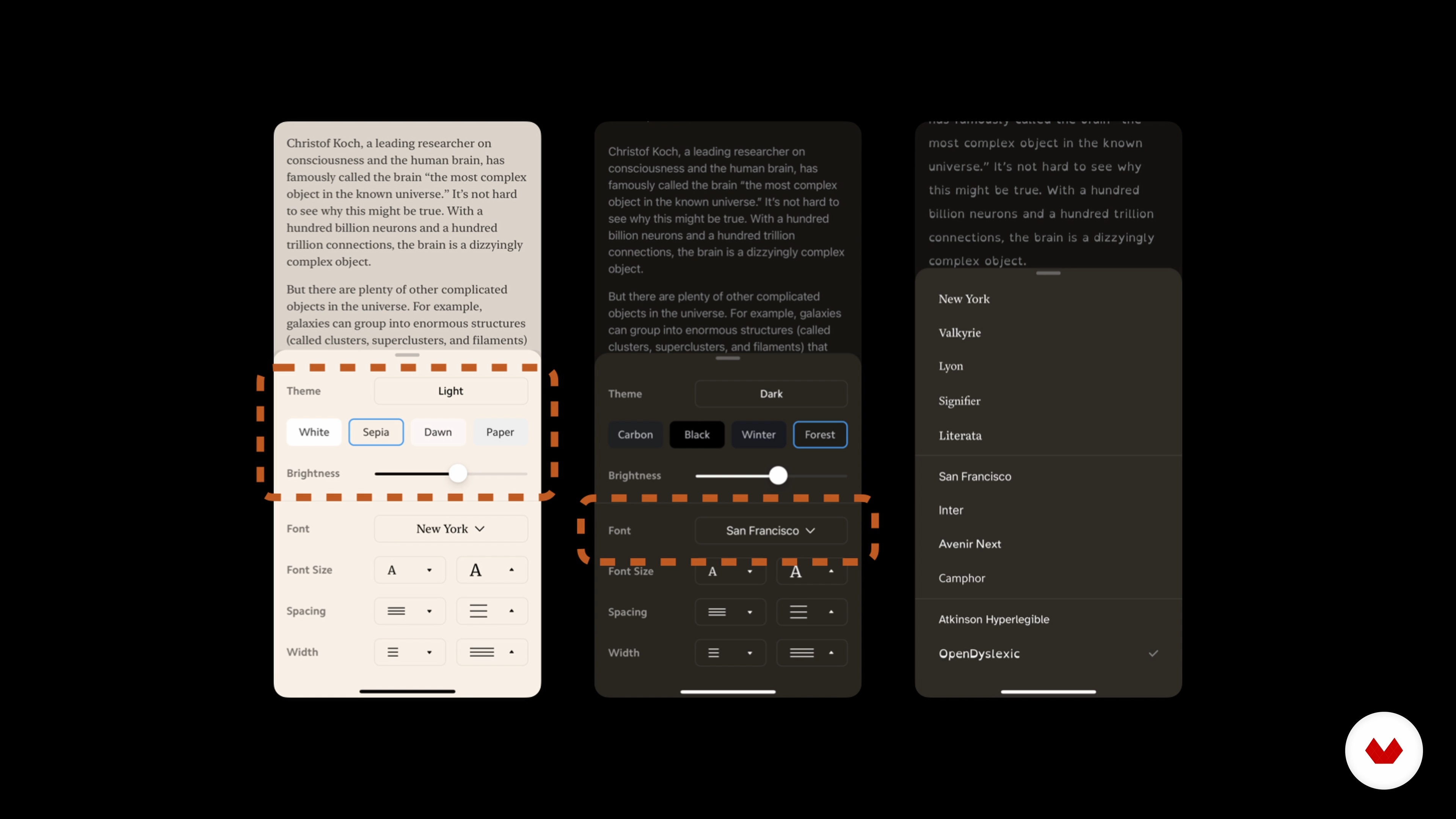
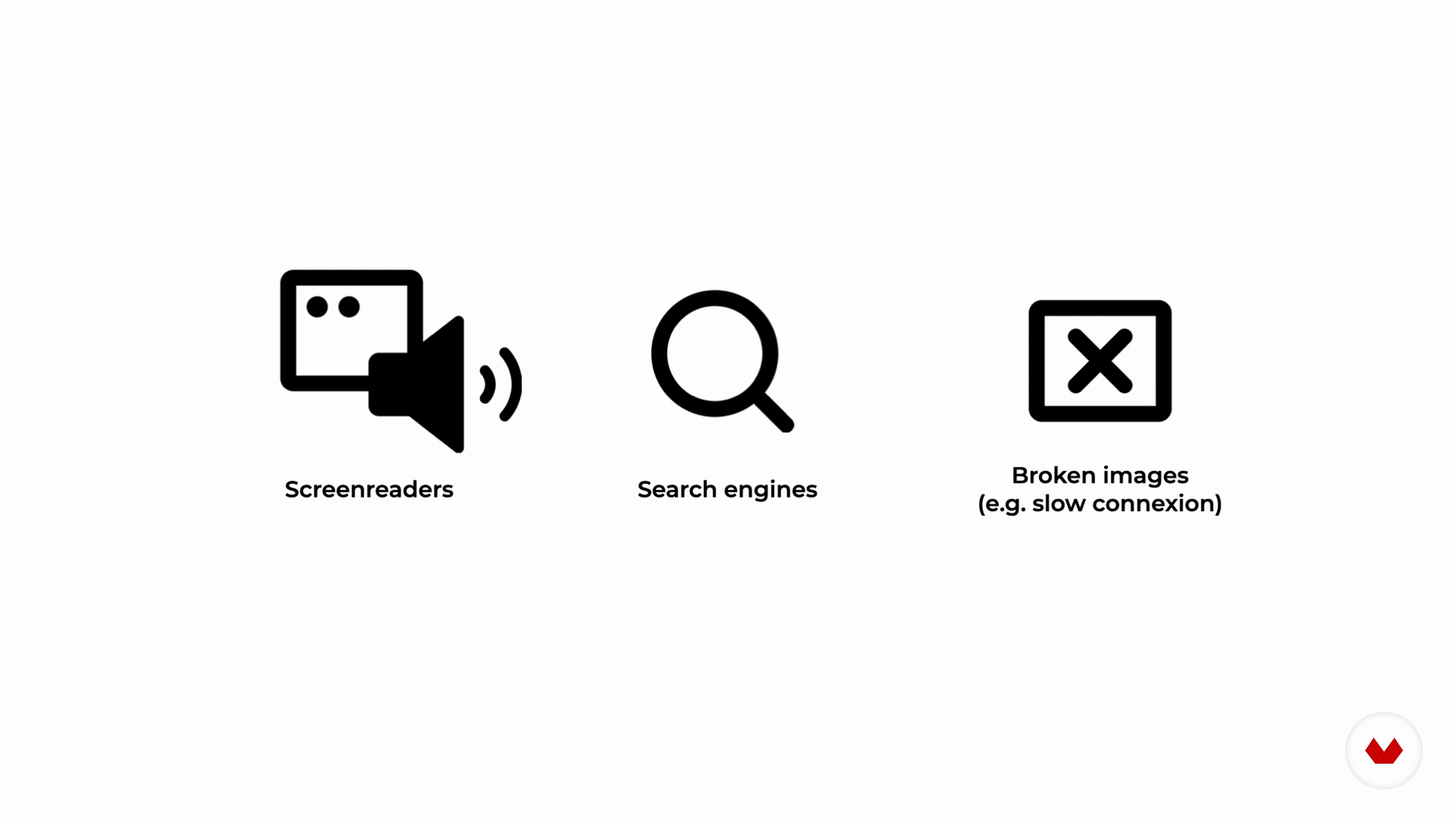
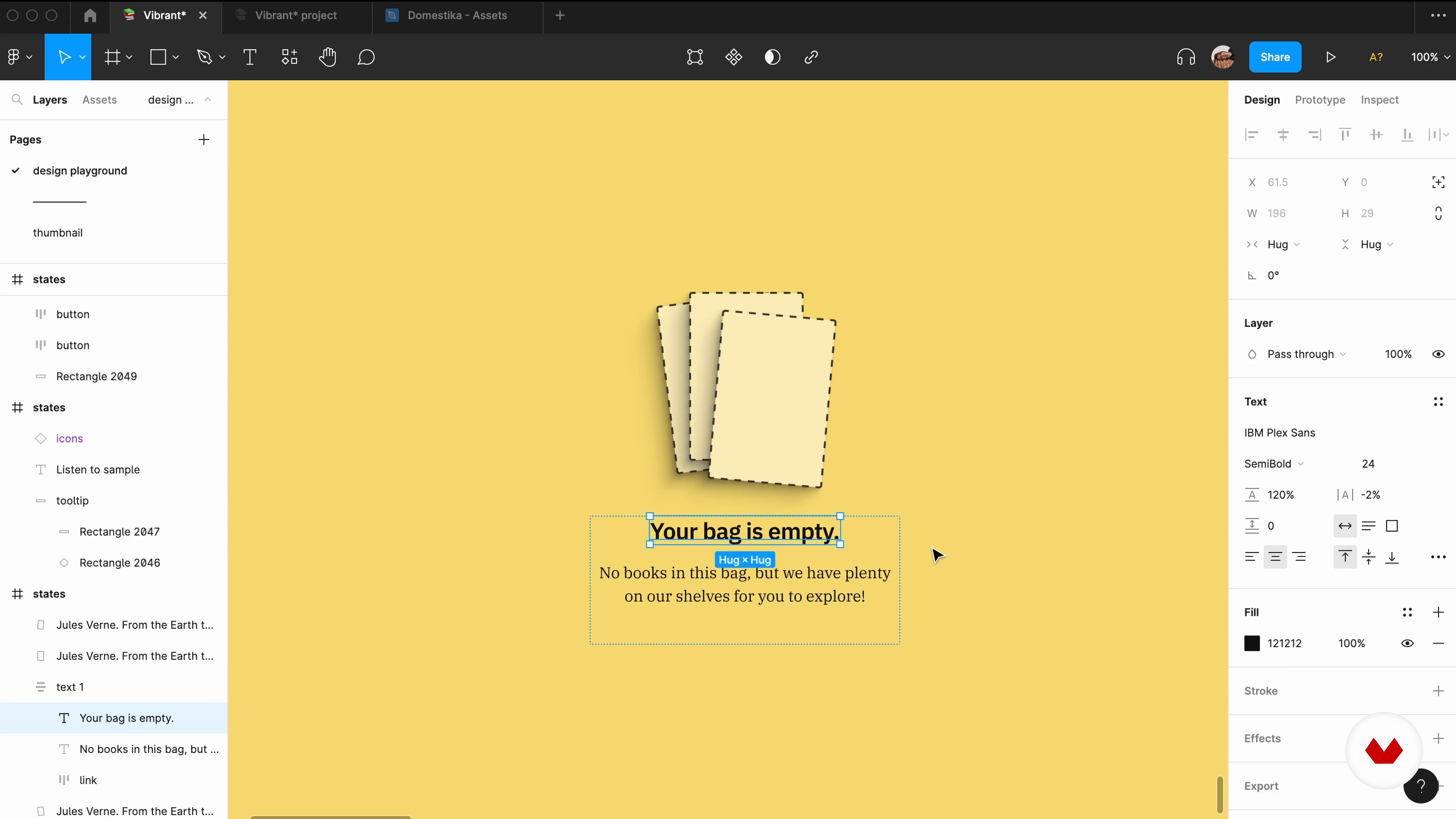
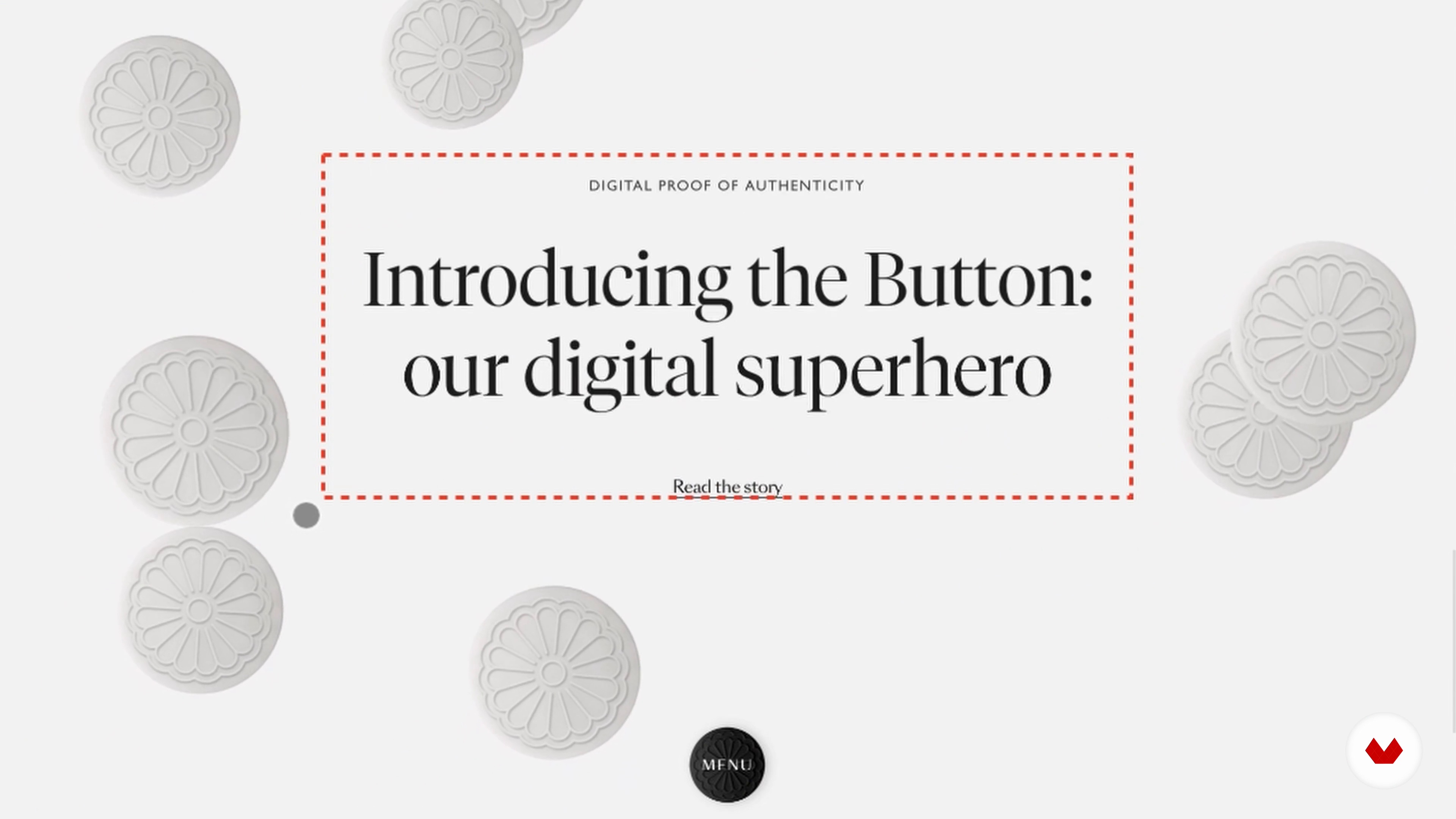
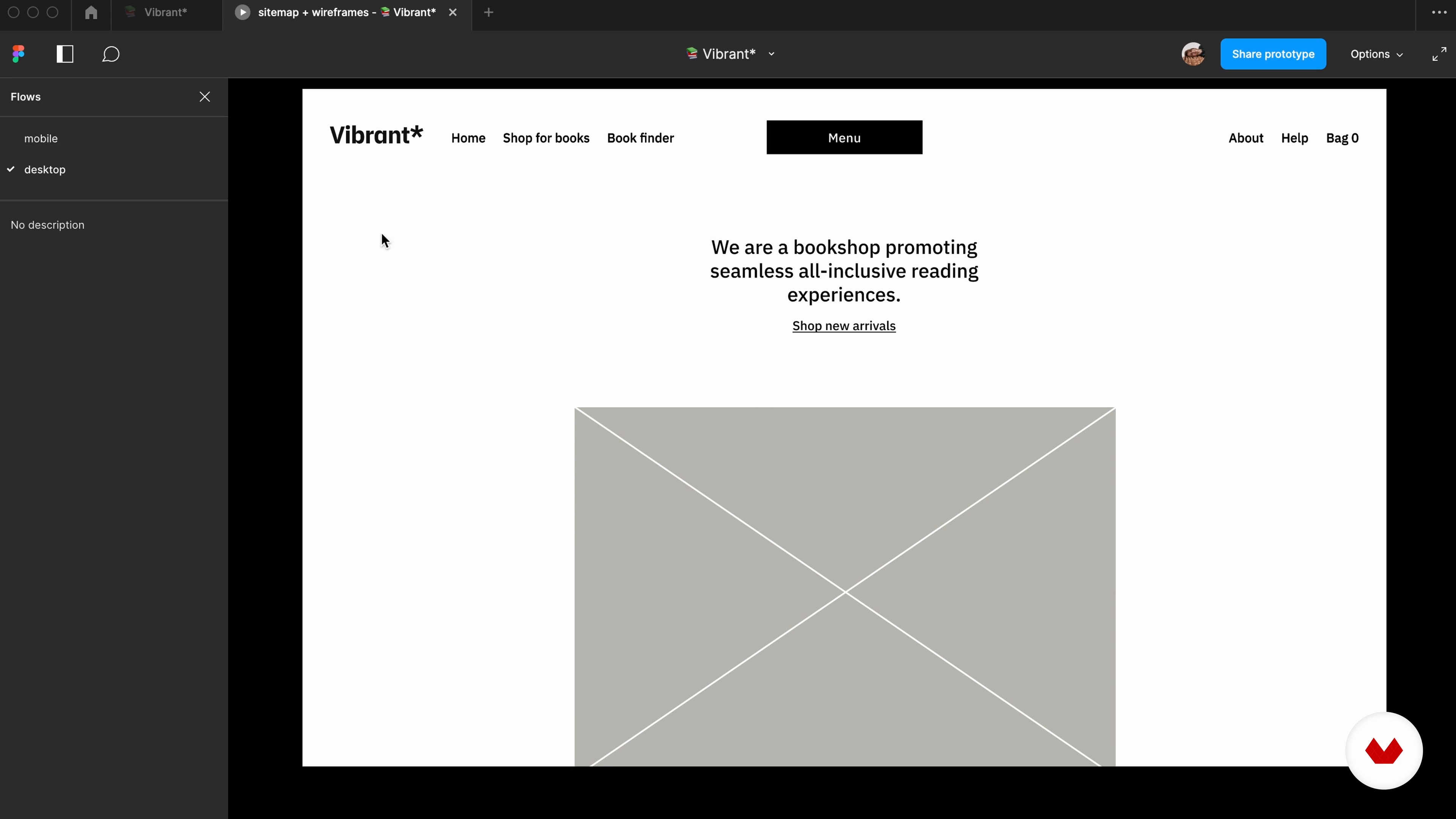

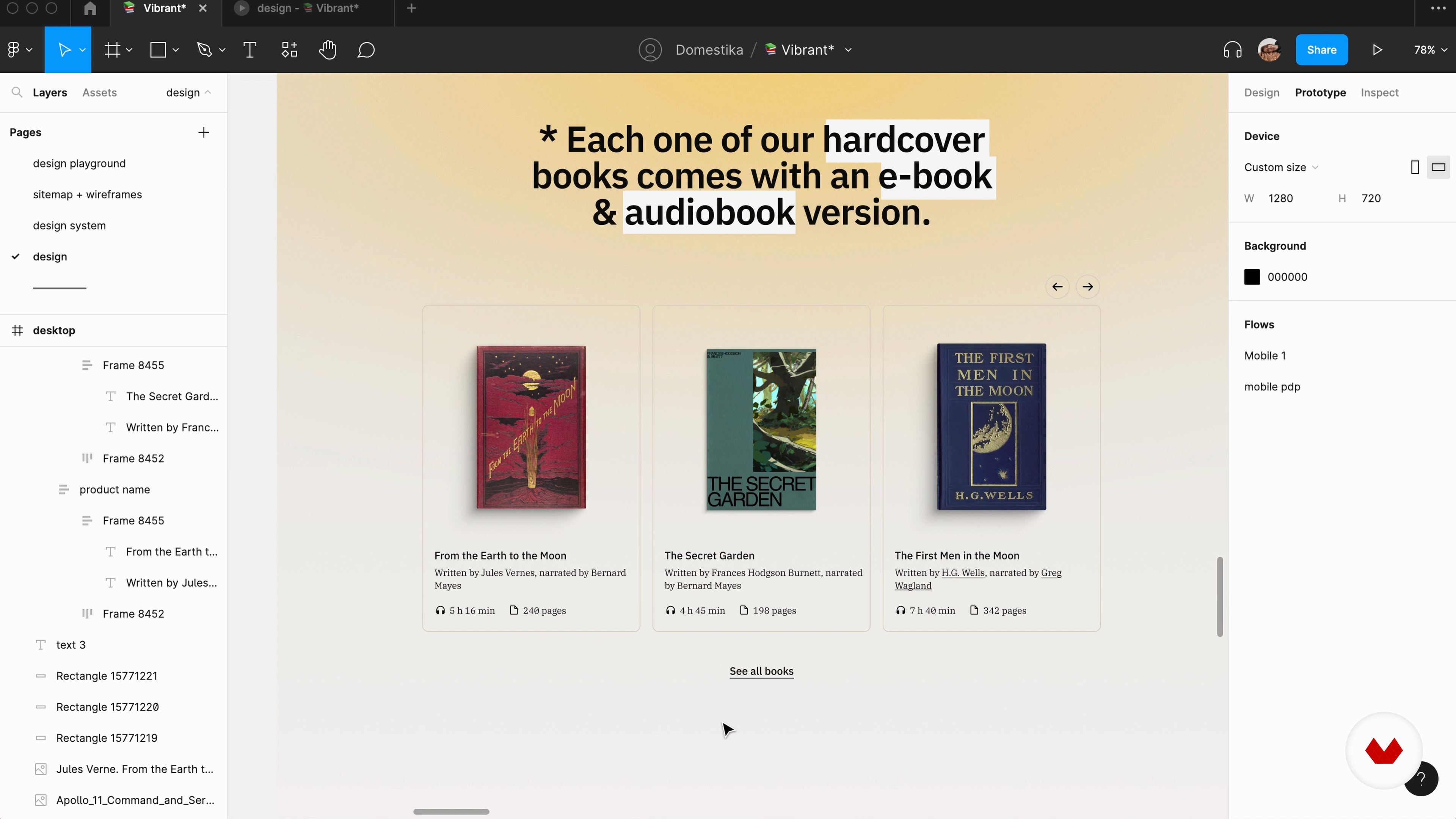
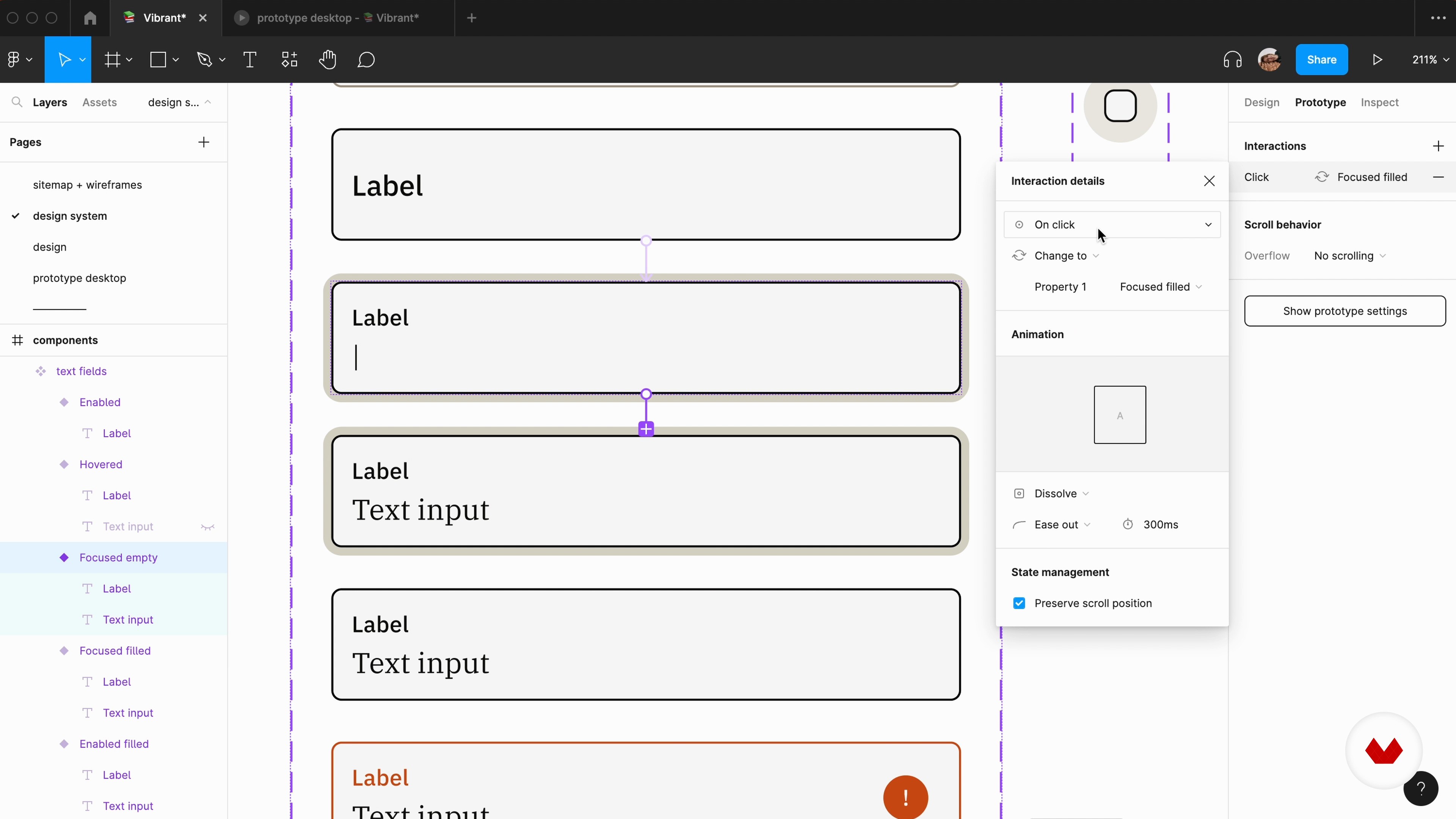
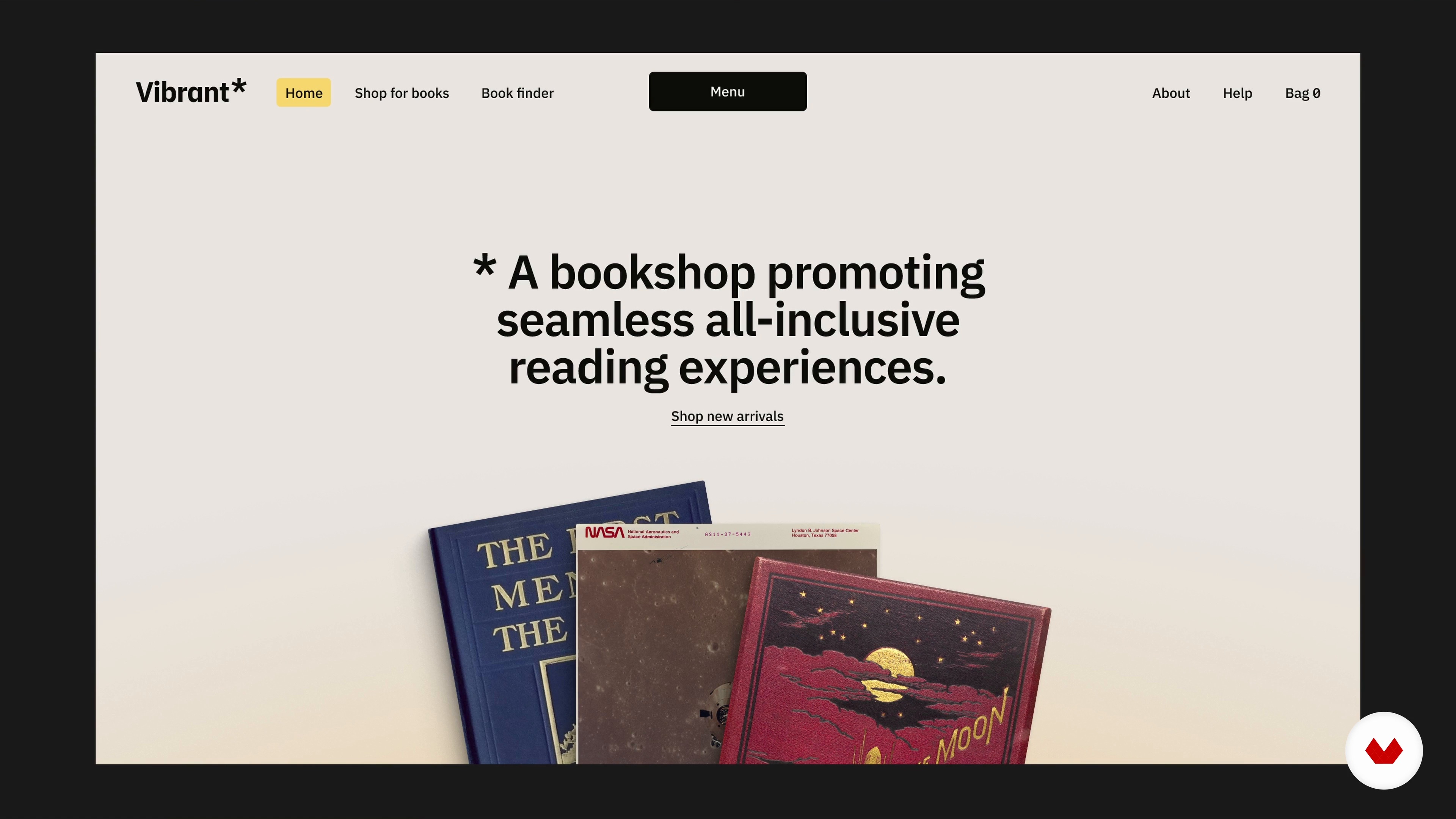
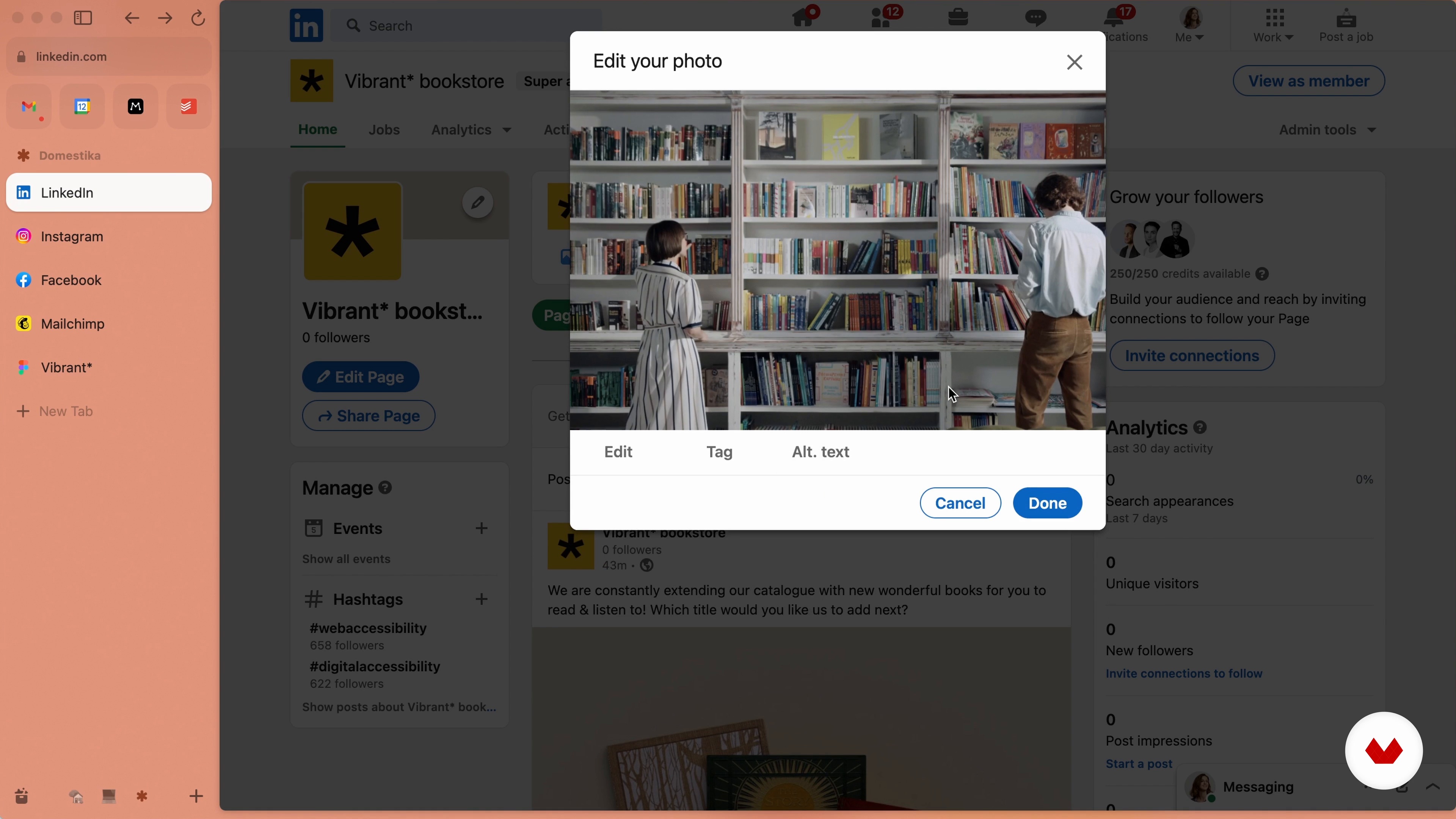
- 100% positive reviews (40)
- 4,465 students
- 81 lessons (12h 1m)
- 105 additional resources (26 files)
- Online and at your own pace
- Audio: English, Spanish
- Spanish · English · Portuguese · German · French · Italian · Polish · Dutch · Turkish
- Level: Beginner
- Unlimited access forever
What is this course's project?
Create a validated UX design prototype tailored to a specific person or brand by following a detailed process, culminating in a case study for your portfolio.
Projects by course students
Who is this specialization for?
Aspiring UX/UI designers, digital product developers, and design enthusiasts looking to enhance their skills through comprehensive insights into user experience design, research methods, visual composition, storytelling, and accessibility will find this course invaluable for advancing their professional capabilities.
Requirements and materials
No extensive prior knowledge is needed, but having basic skills in using design software and an understanding of digital interfaces can be helpful. Access to a computer with internet and Figma installed is essential for hands-on practice.

Reviews
What to expect from this specialization course
-
Learn at your own pace
Enjoy learning from home without a set schedule and with an easy-to-follow method. You set your own pace.
-
Learn from the best professionals
Learn valuable methods and techniques explained by top experts in the creative sector.
-
Meet expert teachers
Each expert teaches what they do best, with clear guidelines, true passion, and professional insight in every lesson.
-
Certificates
PlusIf you're a Plus member, get a custom certificate for every specialization course. Share it on your portfolio, social media, or wherever you like.
-
Get front-row seats
Videos of the highest quality, so you don't miss a single detail. With unlimited access, you can watch them as many times as you need to perfect your technique.
-
Share knowledge and ideas
Ask questions, request feedback, or offer solutions. Share your learning experience with other students in the community who are as passionate about creativity as you are.
-
Connect with a global creative community
The community is home to millions of people from around the world who are curious and passionate about exploring and expressing their creativity.
-
Watch professionally produced courses
Domestika curates its teacher roster and produces every course in-house to ensure a high-quality online learning experience.
FAQs
What are Domestika's online courses?
Domestika courses are online classes that allow you to learn new skills and create incredible projects. All our courses include the opportunity to share your work with other students and/or teachers, creating an active learning community. We offer different formats:
Original Courses: Complete classes that combine videos, texts, and educational materials to complete a specific project from start to finish.
Basics Courses: Specialized training where you master specific software tools step by step.
Specialization Courses: Learning paths with various expert teachers on the same topic, perfect for becoming a specialist by learning from different approaches.
Guided Courses: Practical experiences ideal for directly acquiring specific skills.
Intensive Courses (Deep Dives): New creative processes based on artificial intelligence tools in an accessible format for in-depth and dynamic understanding.
When do the specialization courses start and when do they finish?
All specialization courses are 100% online, so once they're published, specialization courses start and finish whenever you want. You set the pace of the class. You can go back to review what interests you most and skip what you already know, ask questions, answer questions, share your projects, and more.
What do Domestika's specialization courses include?
The specialization courses are divided into different modules. Each one includes lessons, informational text, tasks, and practice exercises to help you carry out your project step by step, with additional complementary resources and downloads. You'll also have access to an exclusive forum where you can interact with other students, as well as share your work and your final project, creating a community around the specialization courses.
Have you been given a specialization courses?
You can redeem the specialization courses you received by accessing the redeeming page and entering your gift code.










Es un curso tremendo. Ofrece todas las bases necesarias para entrar en UXUI. Está sensacional
Muy bien explicado, recomendado
Bien explicado y con explicaciones basadas en ejemplos. Es una muy buena opción para comenzar y entender las bases del diseño de experiencia de usuario.
É um bom curso introdutório, estou gostando.
Liked it